- Filter By:
-
-
Stock photos and images of central nervous system
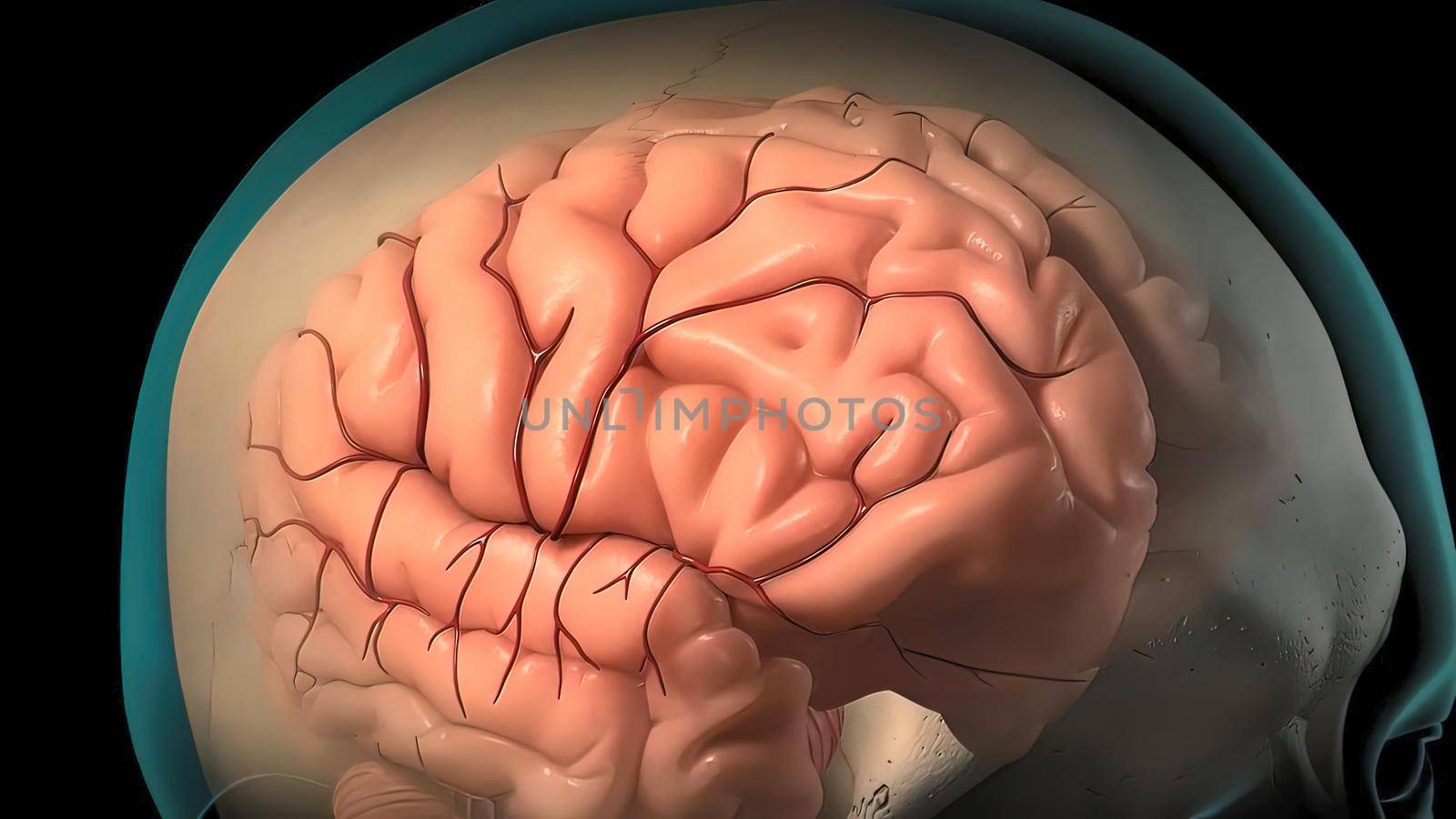
Cerebrospinal fluid is a clear, plasma-like fluid that bathes the central nervous system
Stock PhotoUsername
creativepicResolution
3840x2160pxCerebrospinal fluid is a clear, plasma-like fluid that bathes the central nervous system

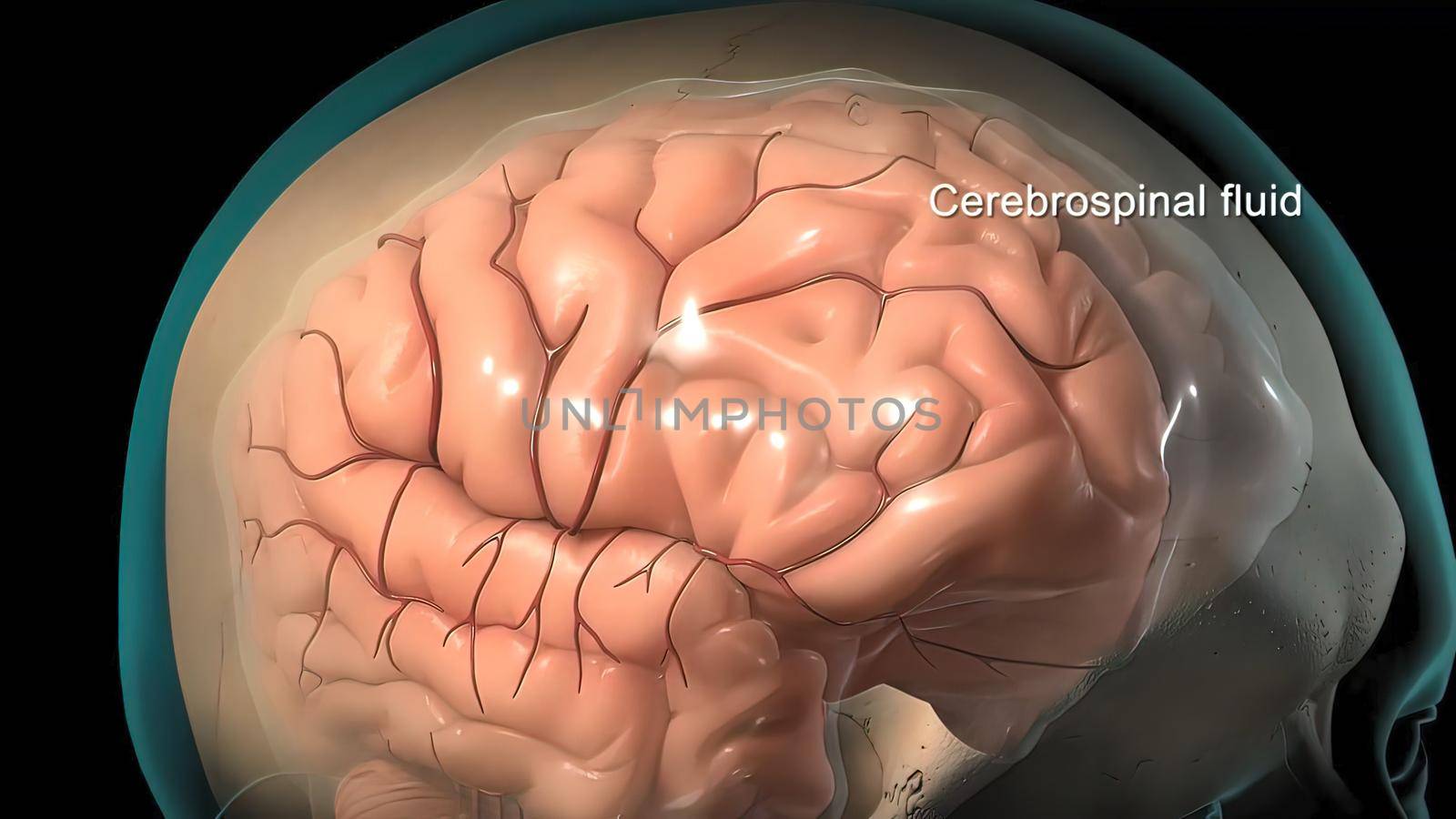
Cerebrospinal fluid is a clear, plasma-like fluid that bathes the central nervous system
Stock PhotoUsername
creativepicResolution
3840x2160pxCerebrospinal fluid is a clear, plasma-like fluid that bathes the central nervous system

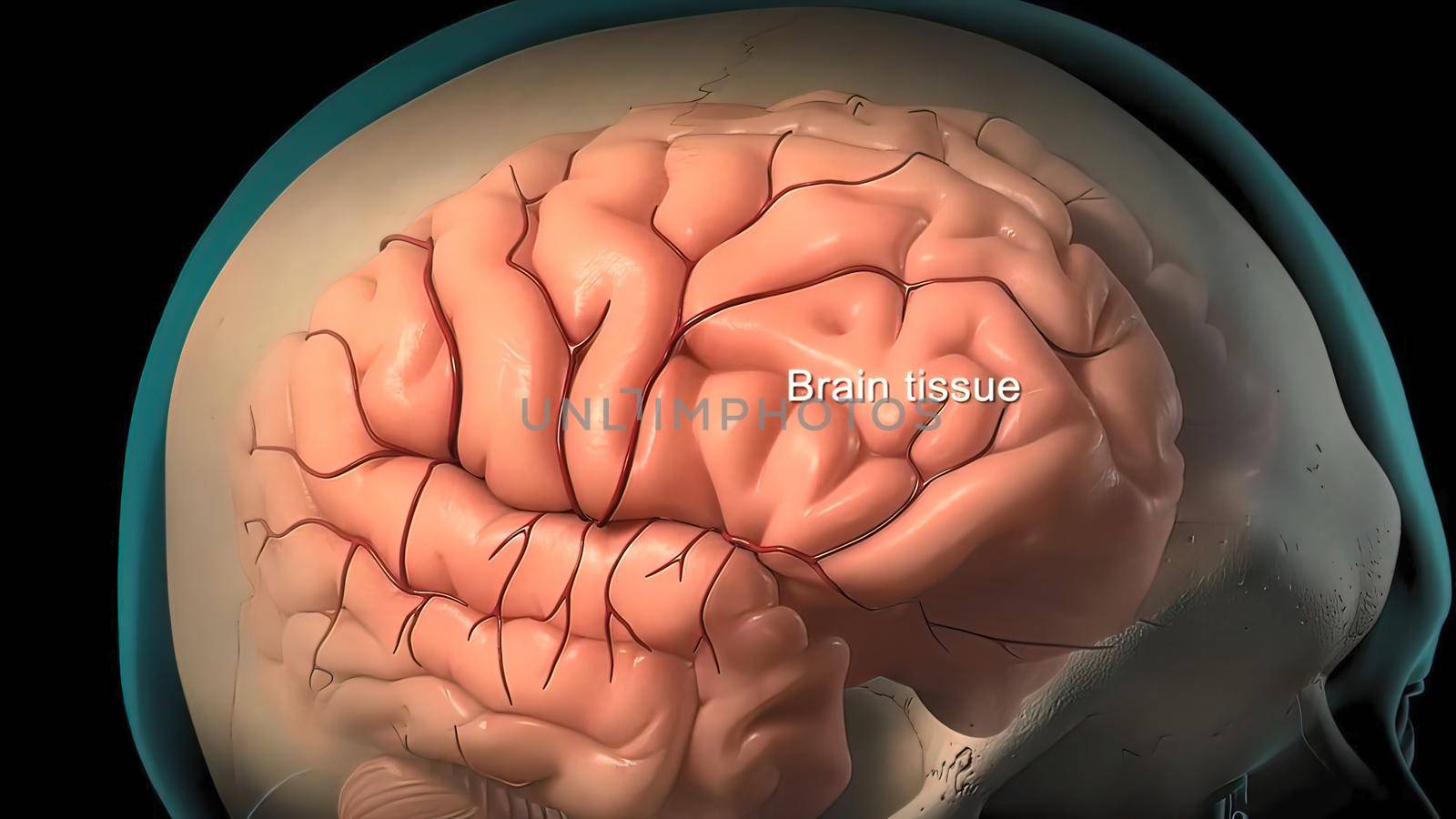
Cerebrospinal fluid is a clear, plasma-like fluid that bathes the central nervous system
Stock PhotoUsername
creativepicResolution
3840x2160pxCerebrospinal fluid is a clear, plasma-like fluid that bathes the central nervous system

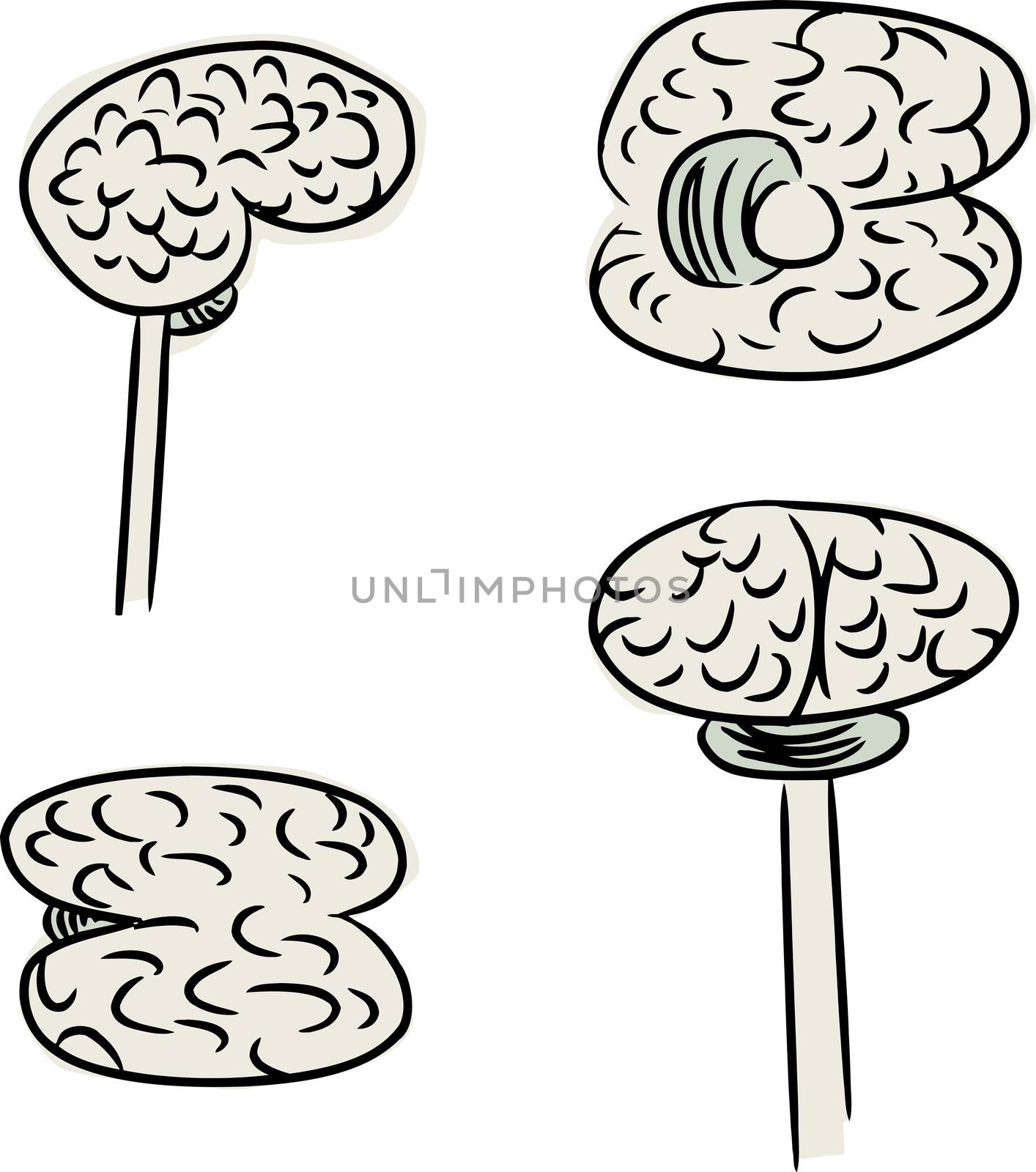
Human Brain Doodle
Stock PhotoUsername
TheBlackRhinoResolution
4861x5500pxHuman Brain Doodle


The Structure And Function Of The Human Brain
Stock PhotoUsername
creativepicResolution
3840x2160pxThe Structure And Function Of The Human Brain
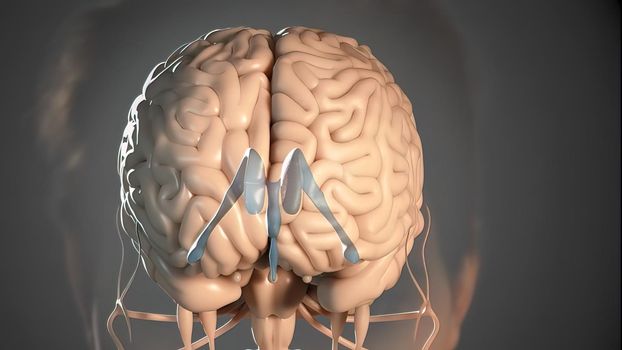
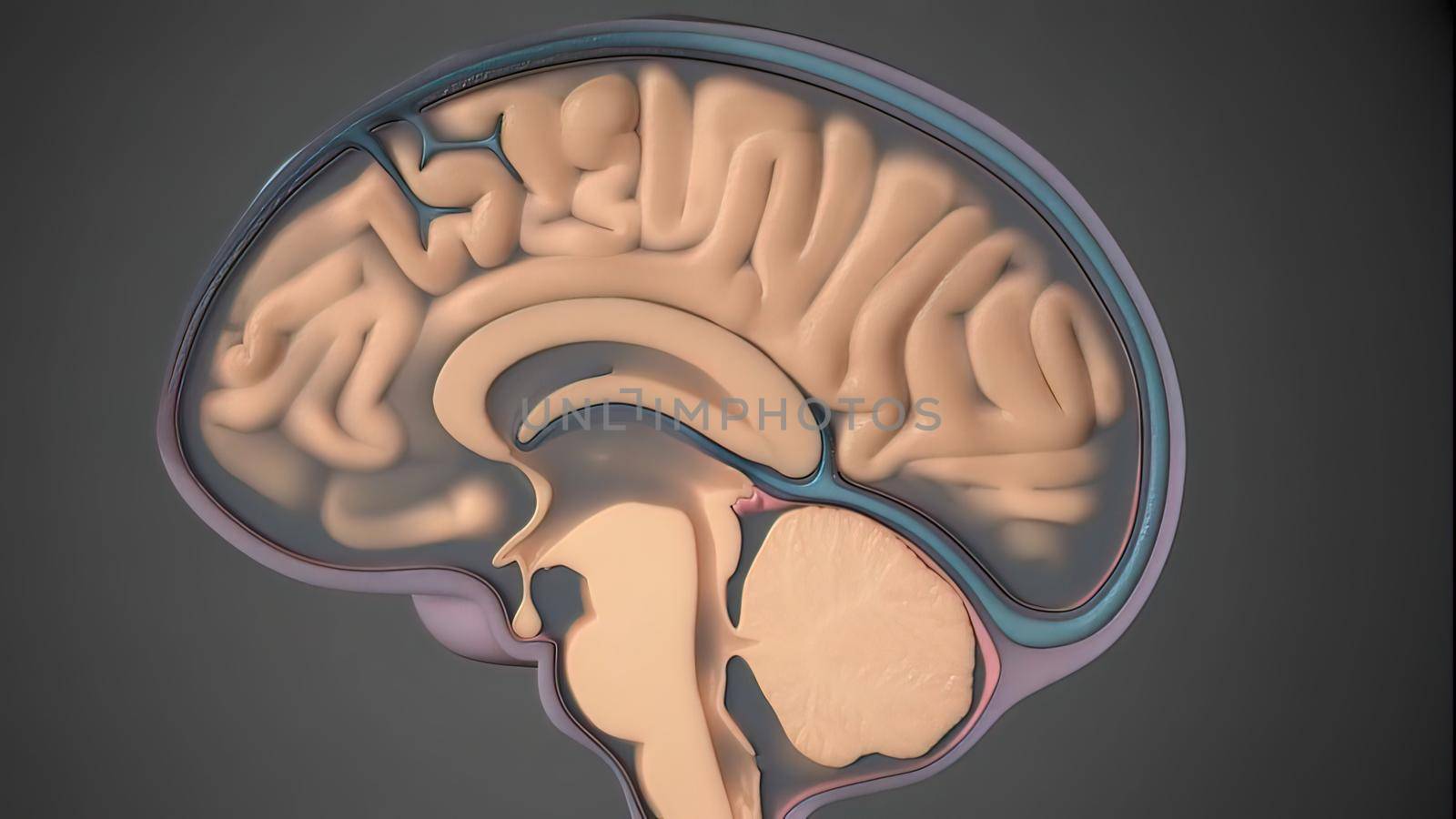
The Structure And Function Of The Human Brain
Stock PhotoUsername
creativepicResolution
3840x2160pxThe Structure And Function Of The Human Brain


The Structure And Function Of The Human Brain
Stock PhotoUsername
creativepicResolution
3840x2160pxThe Structure And Function Of The Human Brain
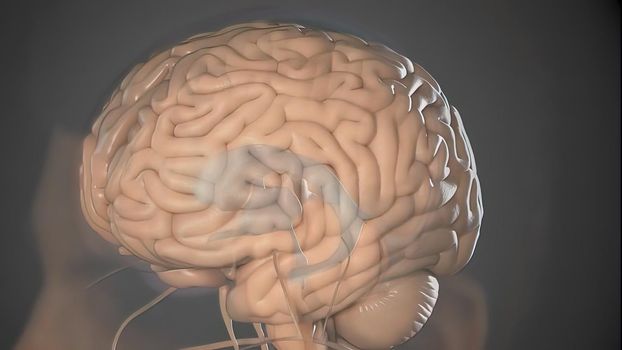
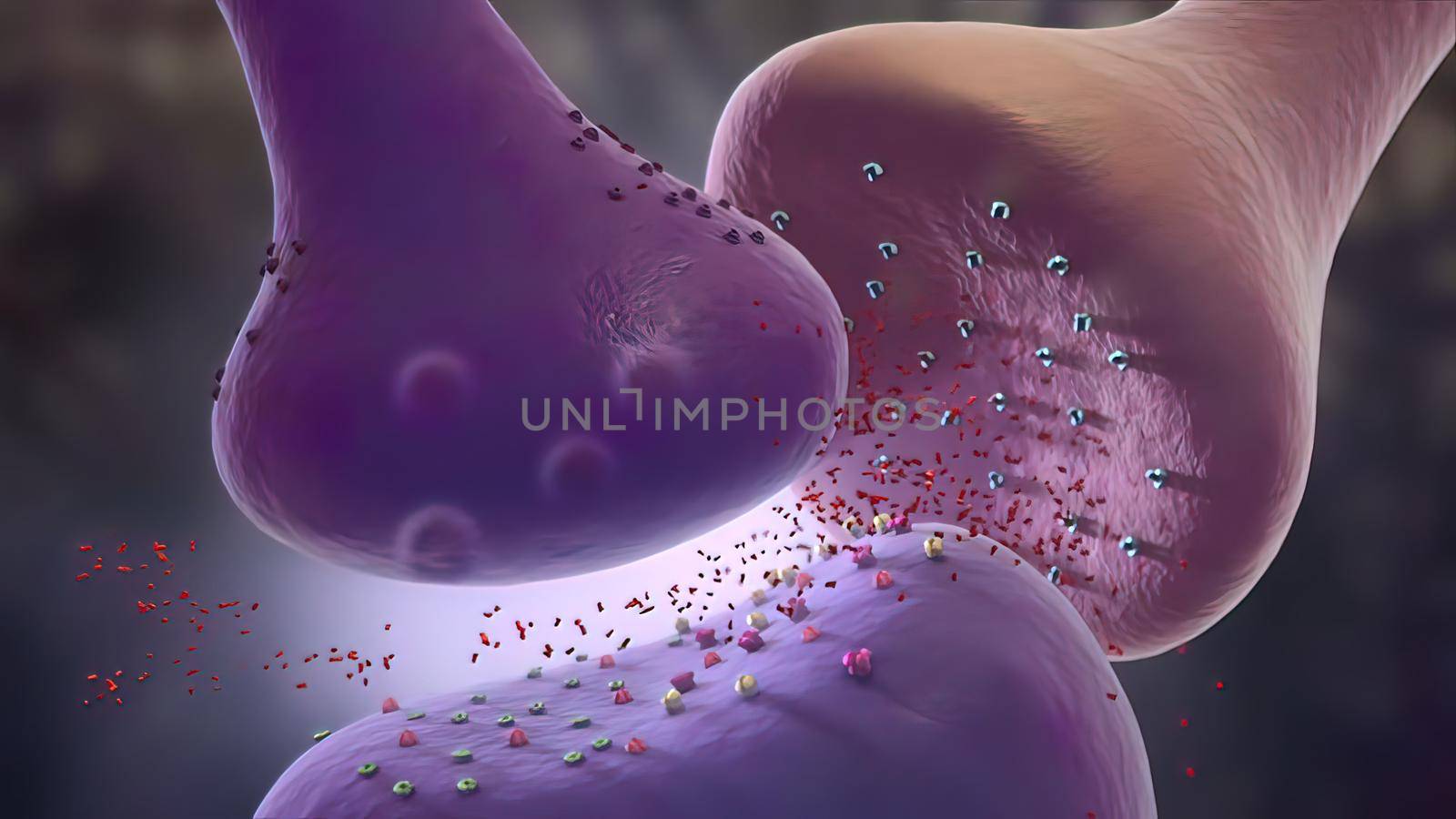
The human nervous system is destroyed. 3D Medical .
Stock PhotoUsername
creativepicResolution
7680x4320pxThe human nervous system is destroyed. 3D Medical .


The human nervous system is destroyed. 3D Medical .
Stock PhotoUsername
creativepicResolution
7680x4320pxThe human nervous system is destroyed. 3D Medical .
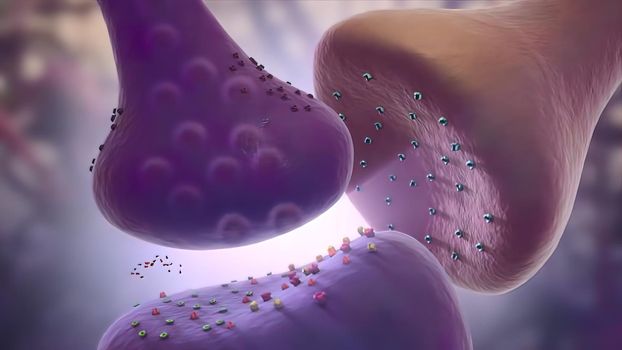
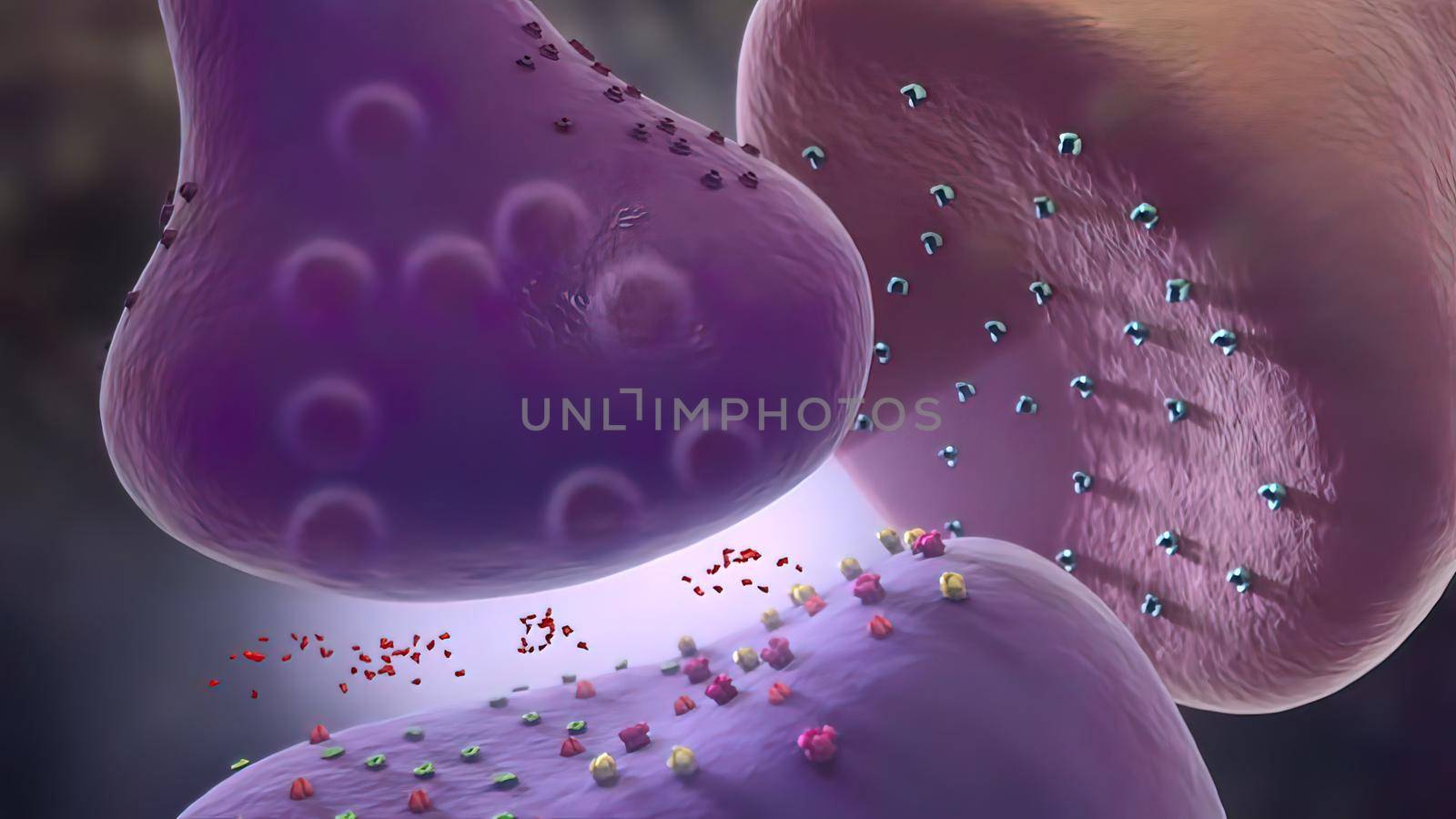
The human nervous system is destroyed. 3D Medical .
Stock PhotoUsername
creativepicResolution
7680x4320pxThe human nervous system is destroyed. 3D Medical .

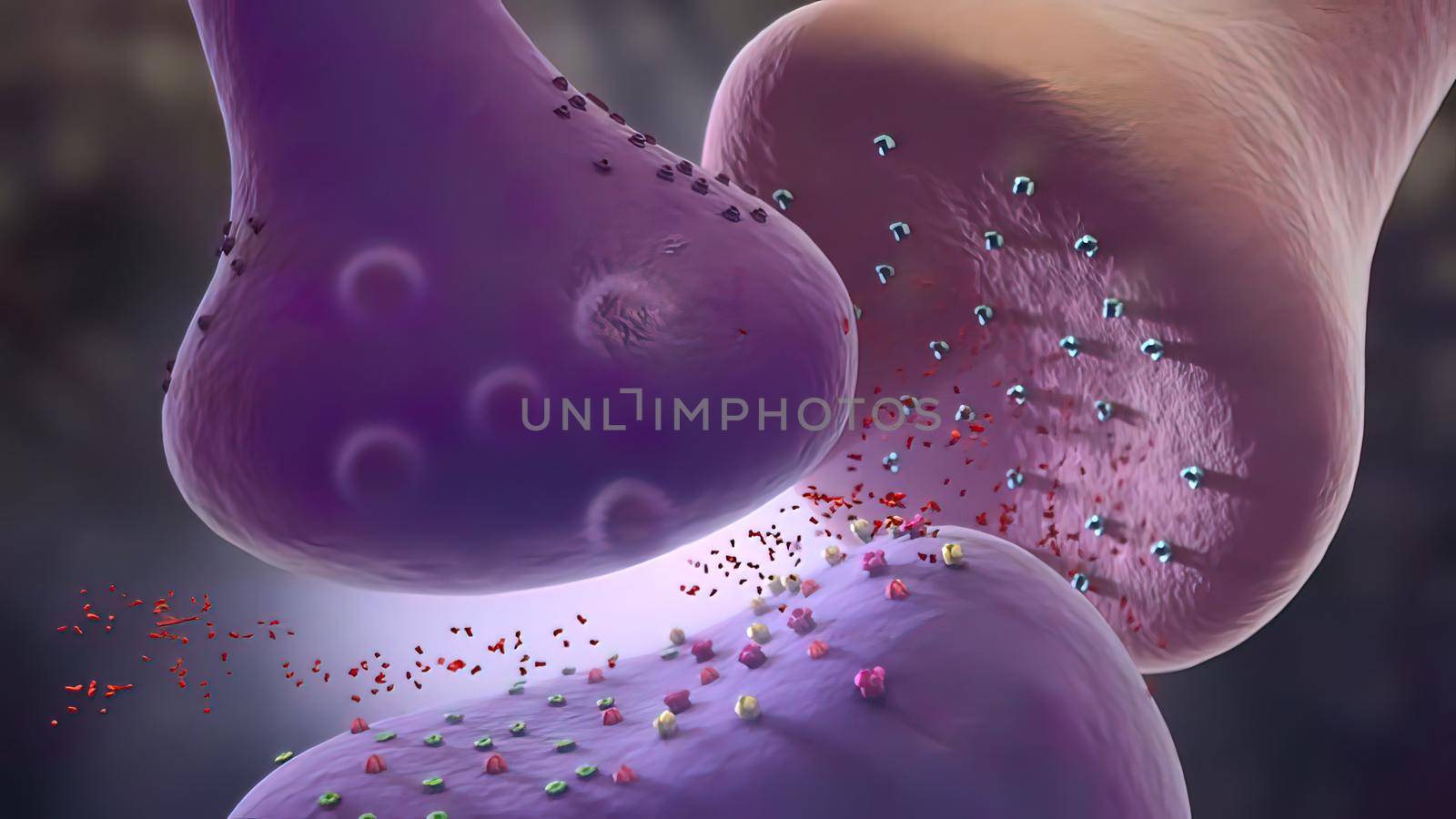
The human nervous system is destroyed. 3D Medical .
Stock PhotoUsername
creativepicResolution
7680x4320pxThe human nervous system is destroyed. 3D Medical .

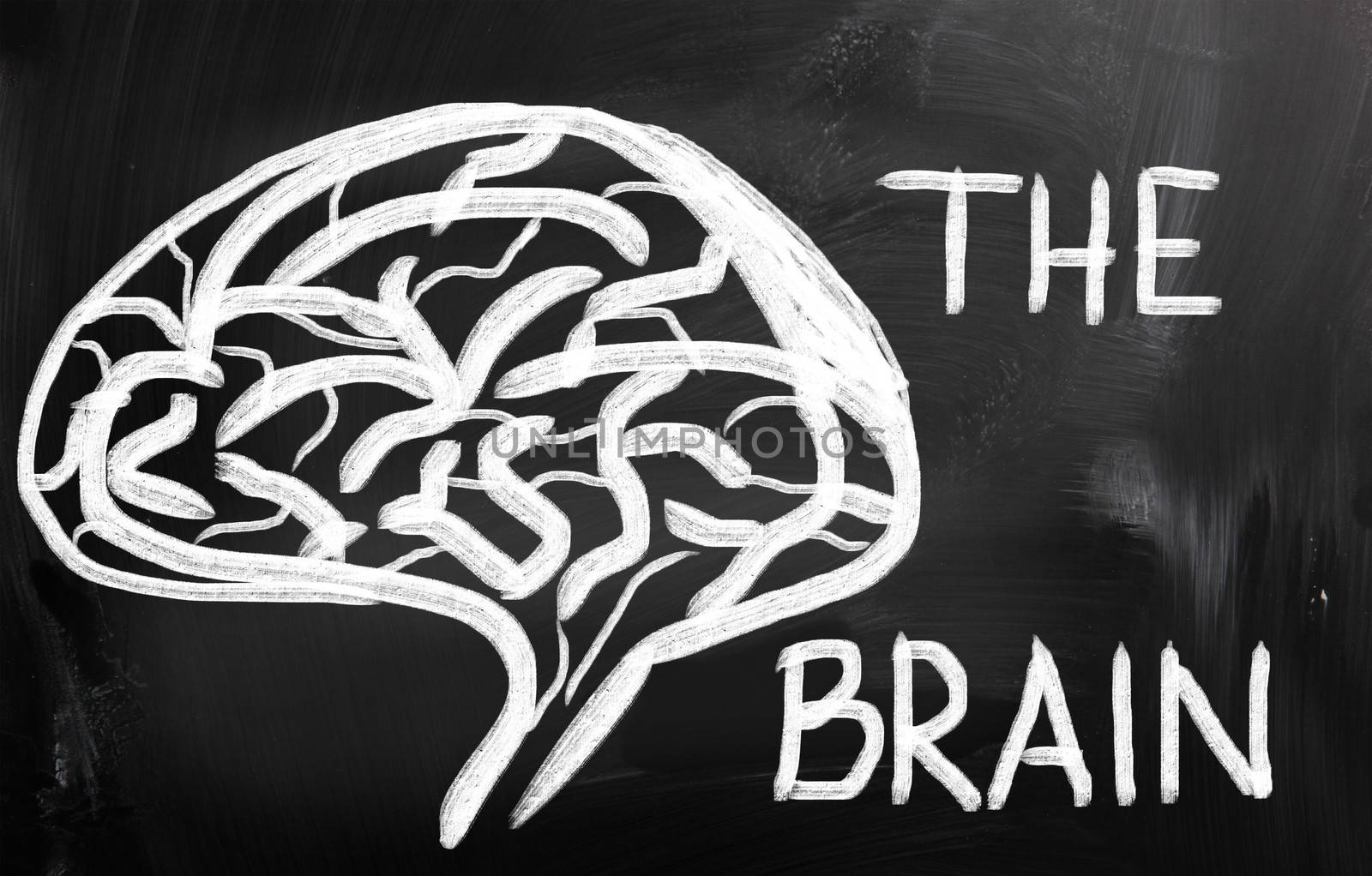
Human Brain
Stock PhotoUsername
KrasimiraNevenovaResolution
4096x2616pxHuman Brain

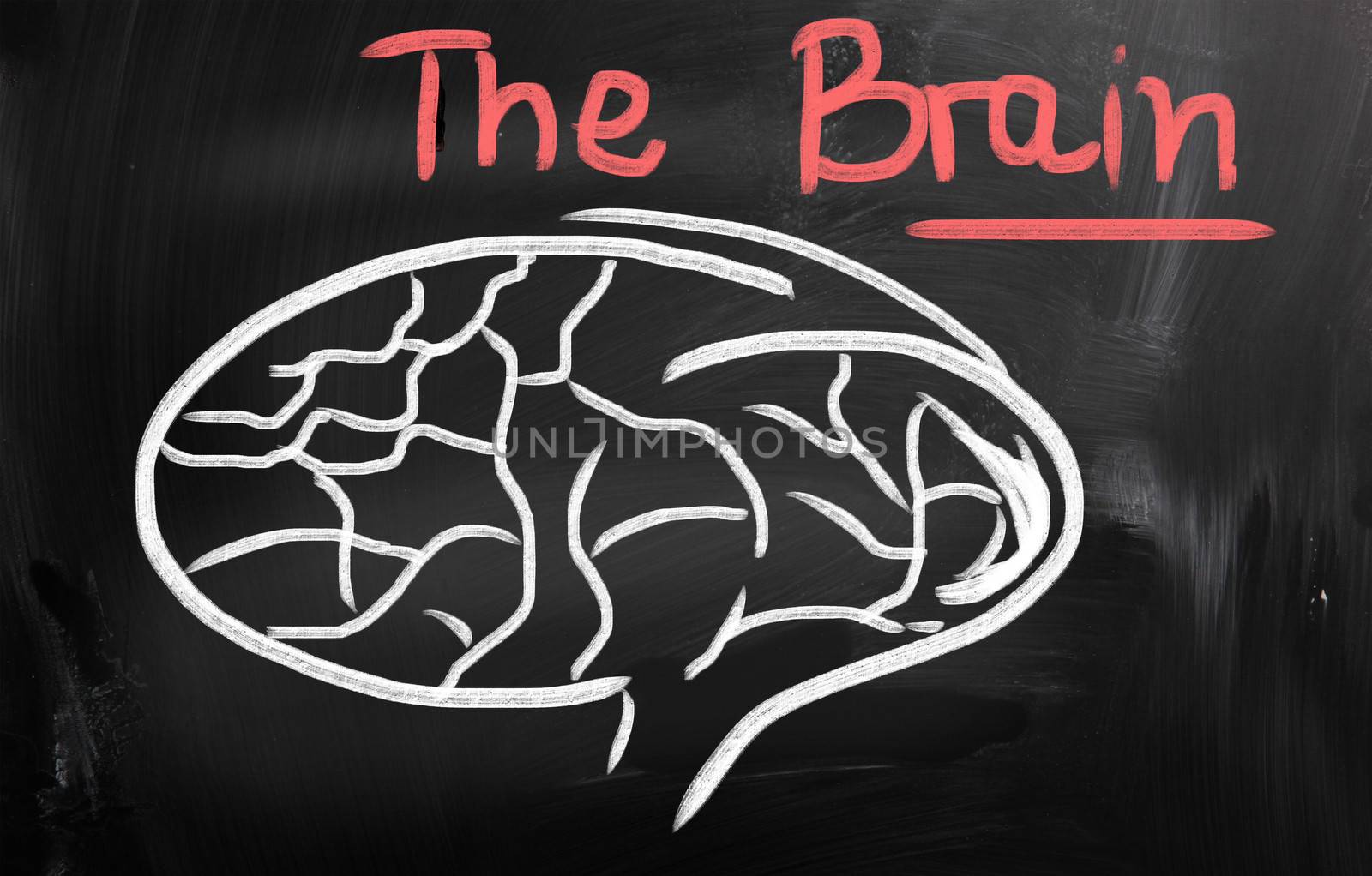
Human Brain
Stock PhotoUsername
KrasimiraNevenovaResolution
4096x2616pxHuman Brain

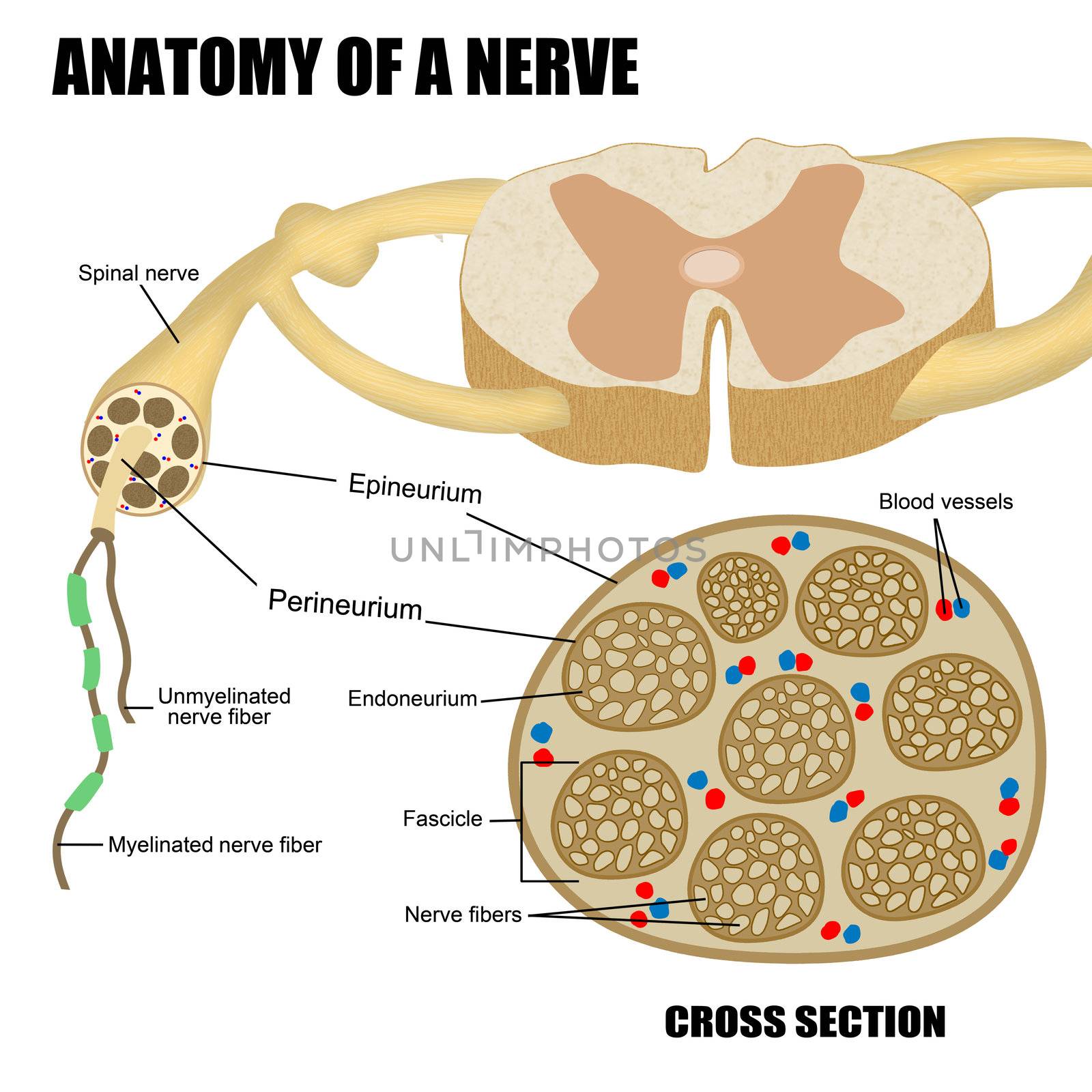
Anatomy of a nerve
Stock PhotoUsername
roxanabalintResolution
5000x5000pxAnatomy of a nerve

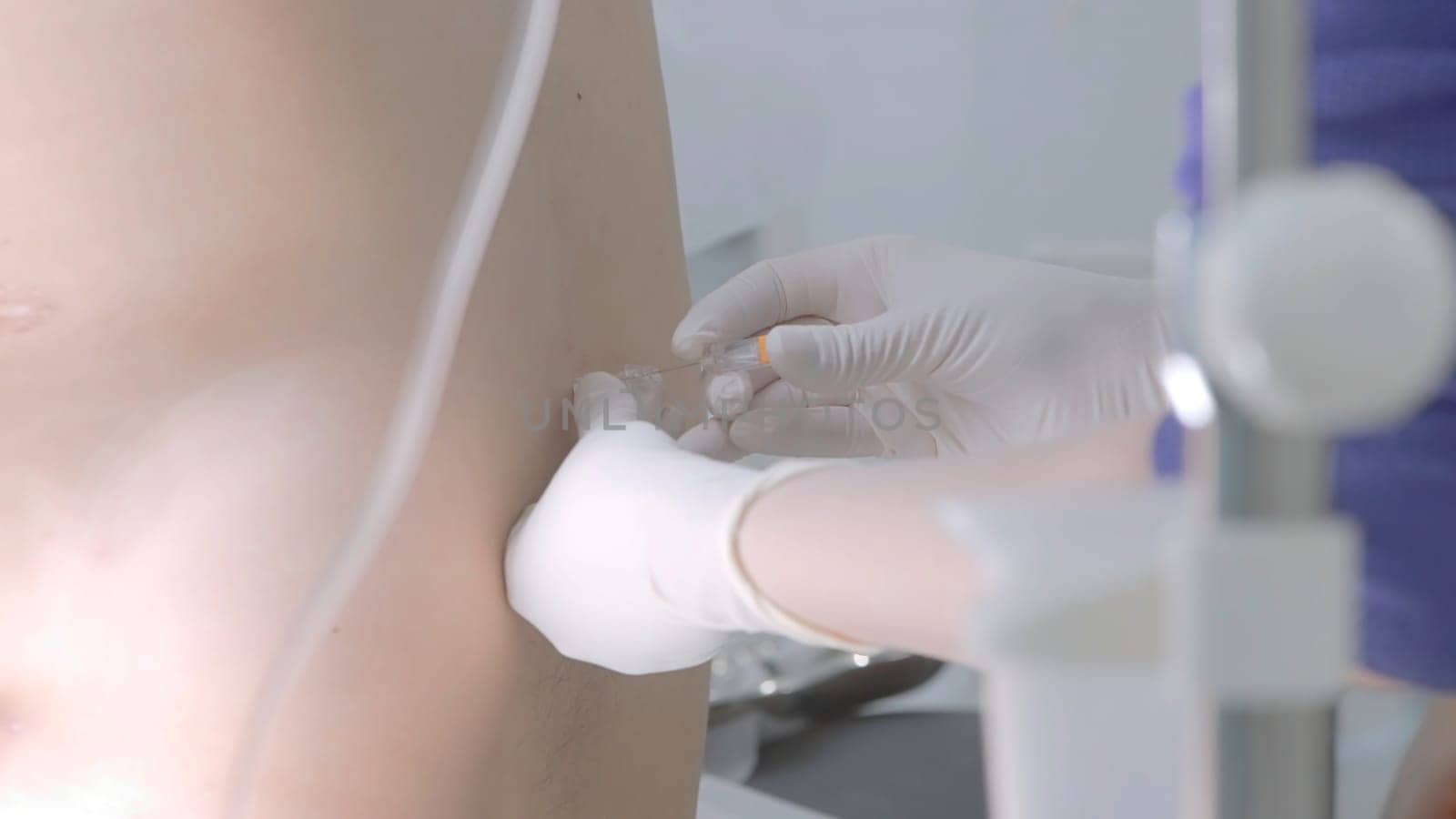
Close up of the process of Lumbar puncture. Action. A medical doctor performing spinal puncture at the hospital.
Stock PhotoUsername
MediawhalestockResolution
7680x4320pxClose up of the process of Lumbar puncture. Action. A medical doctor performing spinal puncture at the hospital.

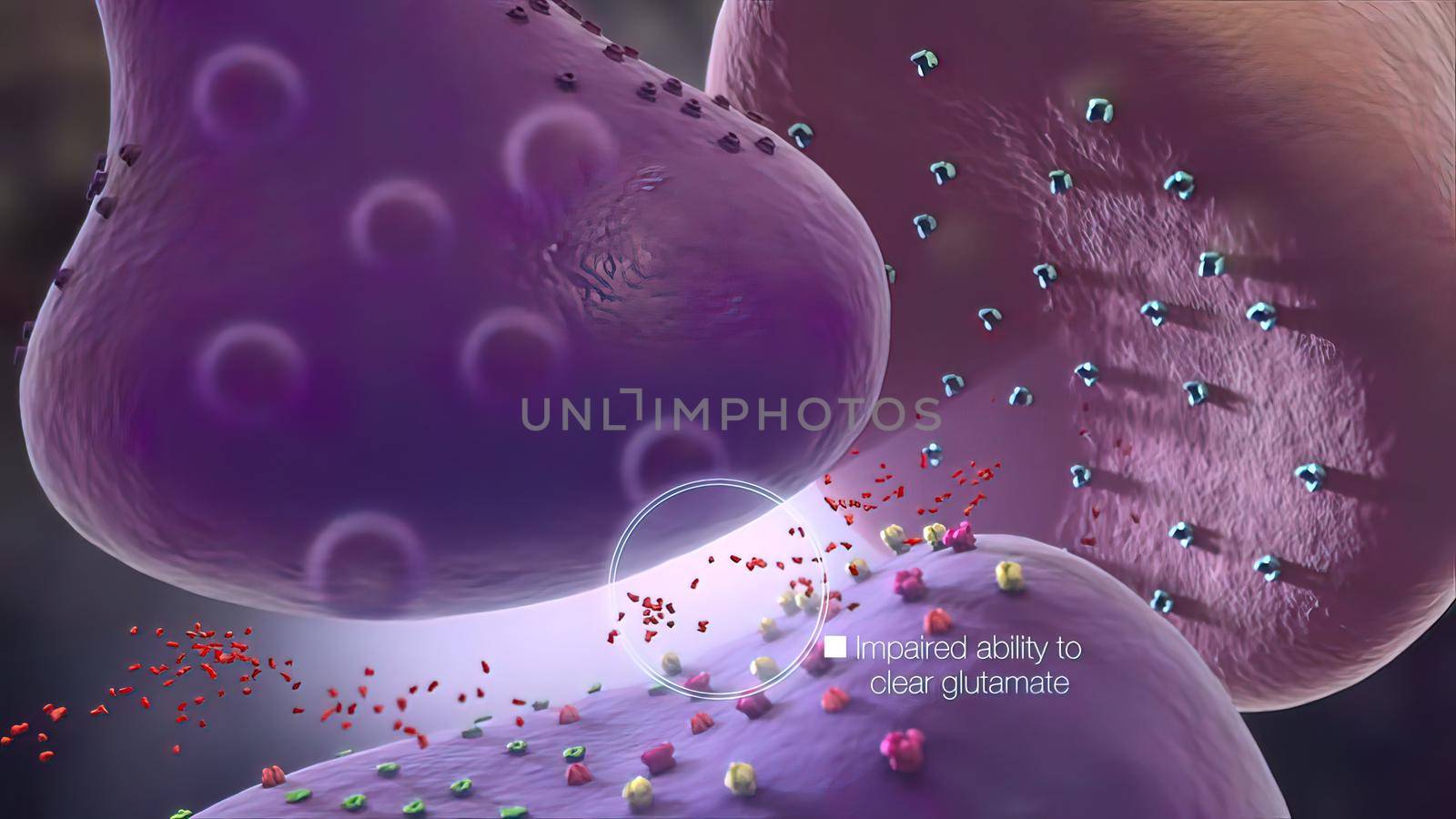
Glial cells of the nervous system release transmitters to release neuronal and synaptic activities.
Stock PhotoUsername
creativepicResolution
3840x2160pxGlial cells of the nervous system release transmitters to release neuronal and synaptic activities.

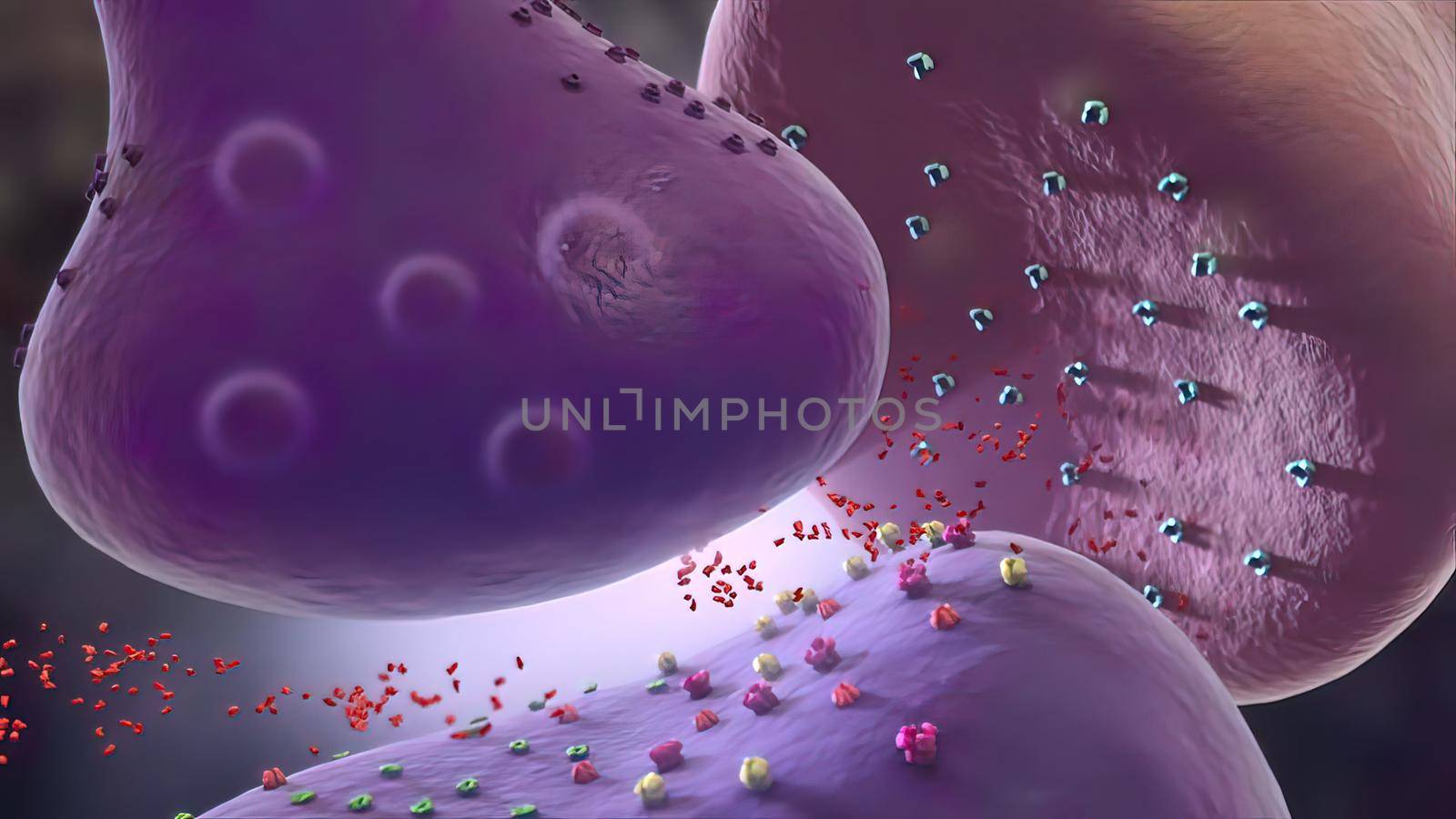
Glial cells of the nervous system release transmitters to release neuronal and synaptic activities.
Stock PhotoUsername
creativepicResolution
3840x2160pxGlial cells of the nervous system release transmitters to release neuronal and synaptic activities.

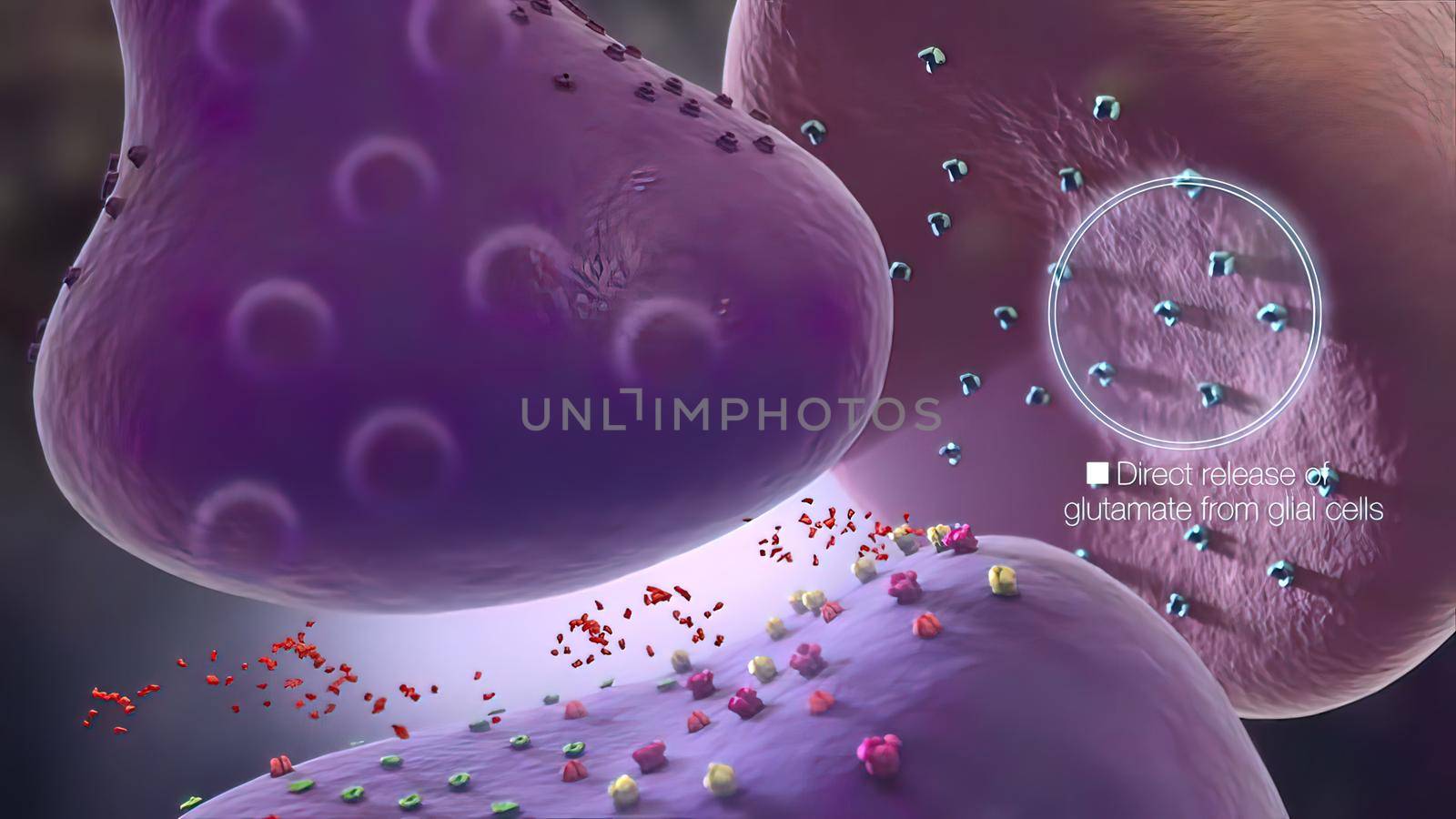
Glial cells of the nervous system release transmitters to release neuronal and synaptic activities.
Stock PhotoUsername
creativepicResolution
3840x2160pxGlial cells of the nervous system release transmitters to release neuronal and synaptic activities.

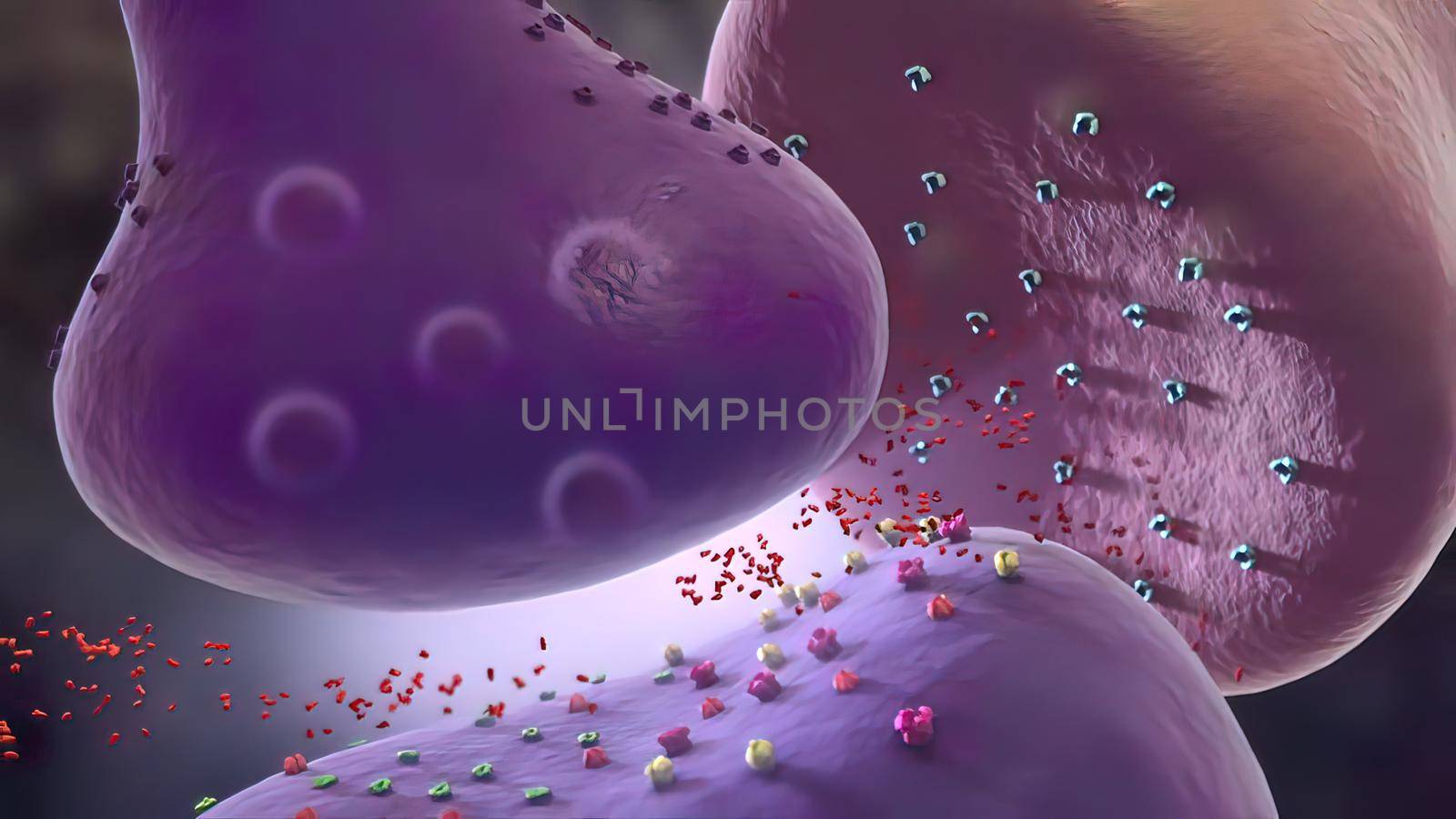
Glial cells of the nervous system release transmitters to release neuronal and synaptic activities.
Stock PhotoUsername
creativepicResolution
3840x2160pxGlial cells of the nervous system release transmitters to release neuronal and synaptic activities.

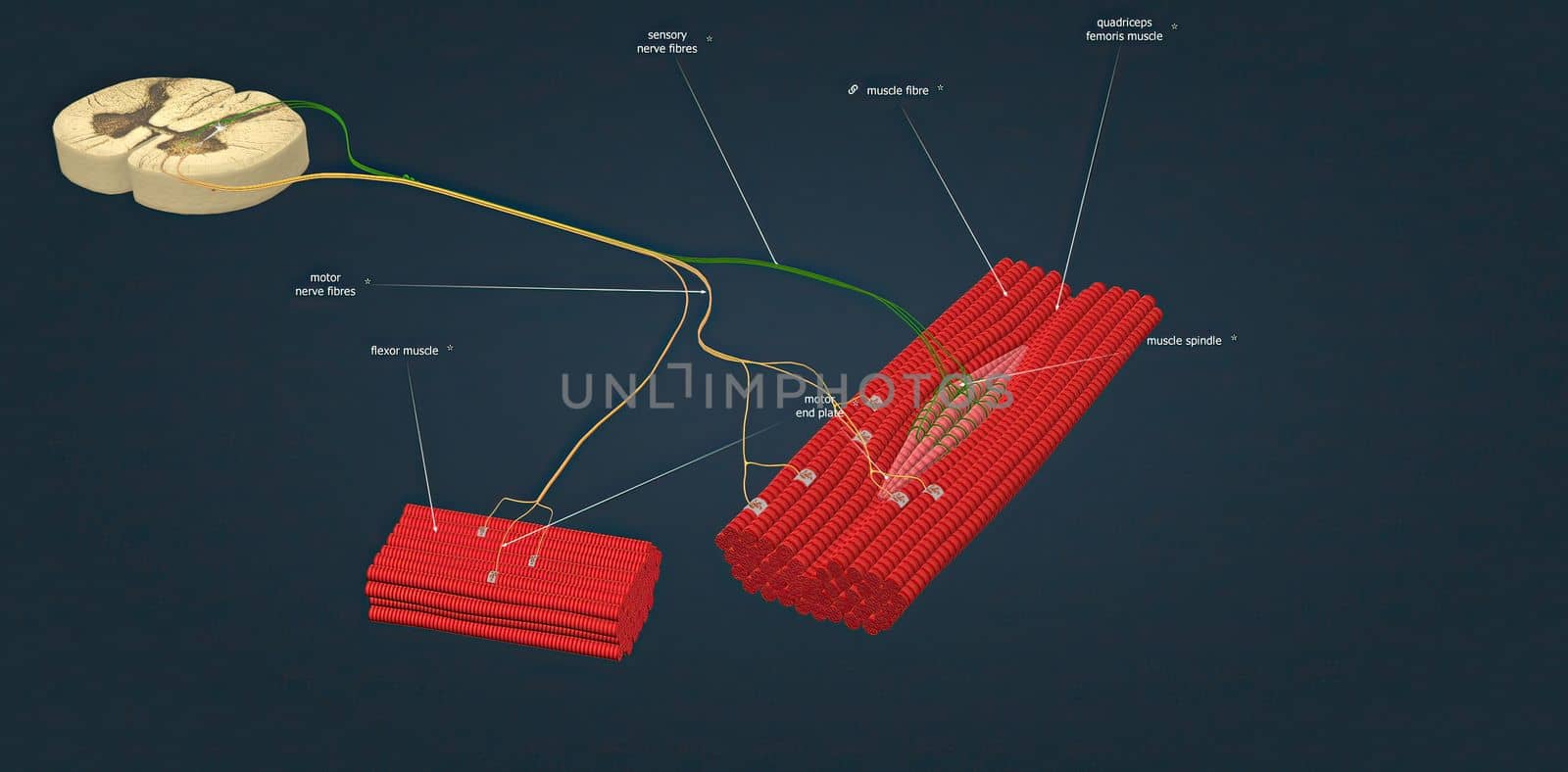
Sensory nerve fibers innervate muscles and tendons, ligaments,
Stock PhotoUsername
creativepicResolution
5482x2700pxSensory nerve fibers innervate muscles and tendons, ligaments,

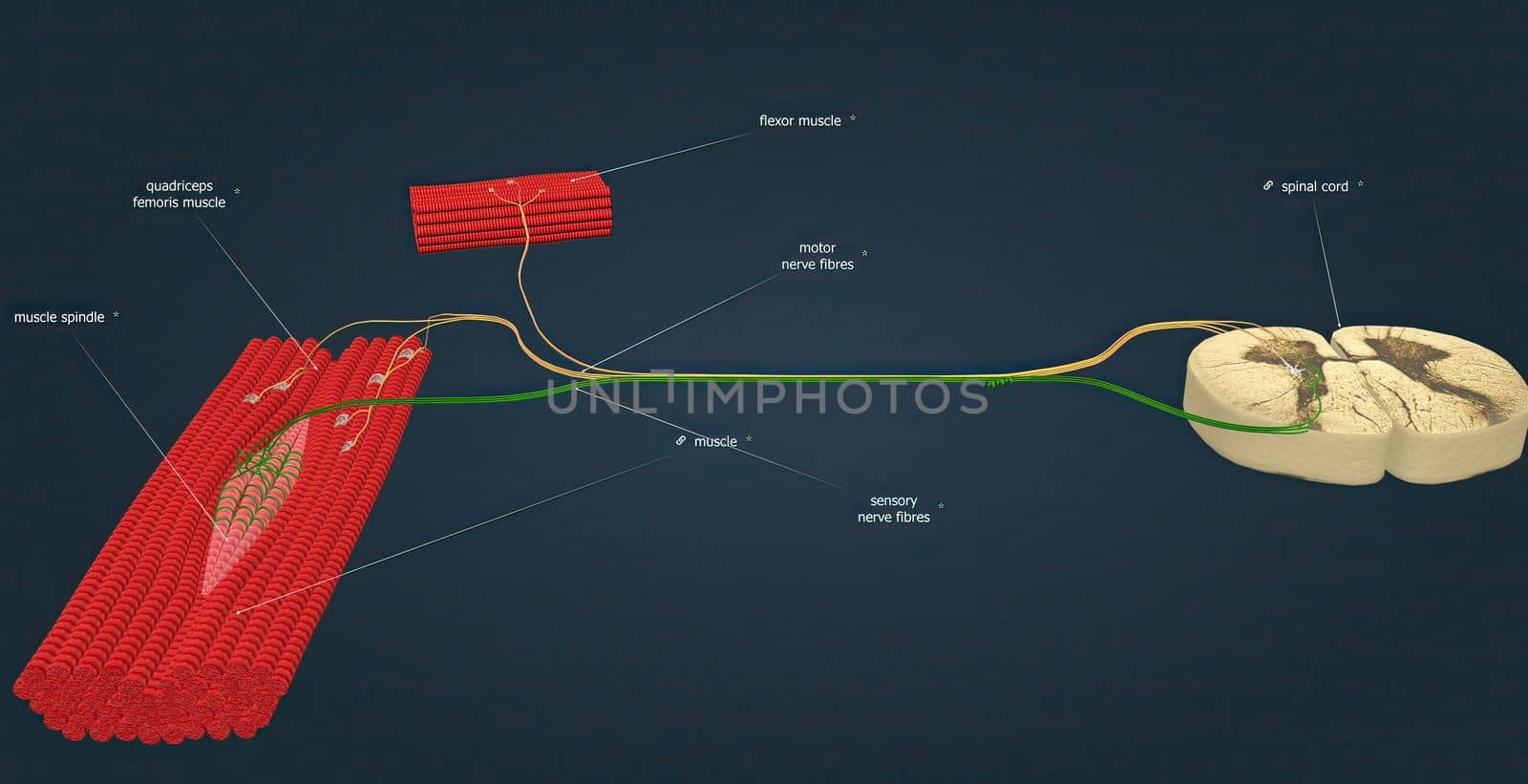
Sensory nerve fibers innervate muscles and tendons,
Stock PhotoUsername
creativepicResolution
5522x2832pxSensory nerve fibers innervate muscles and tendons,

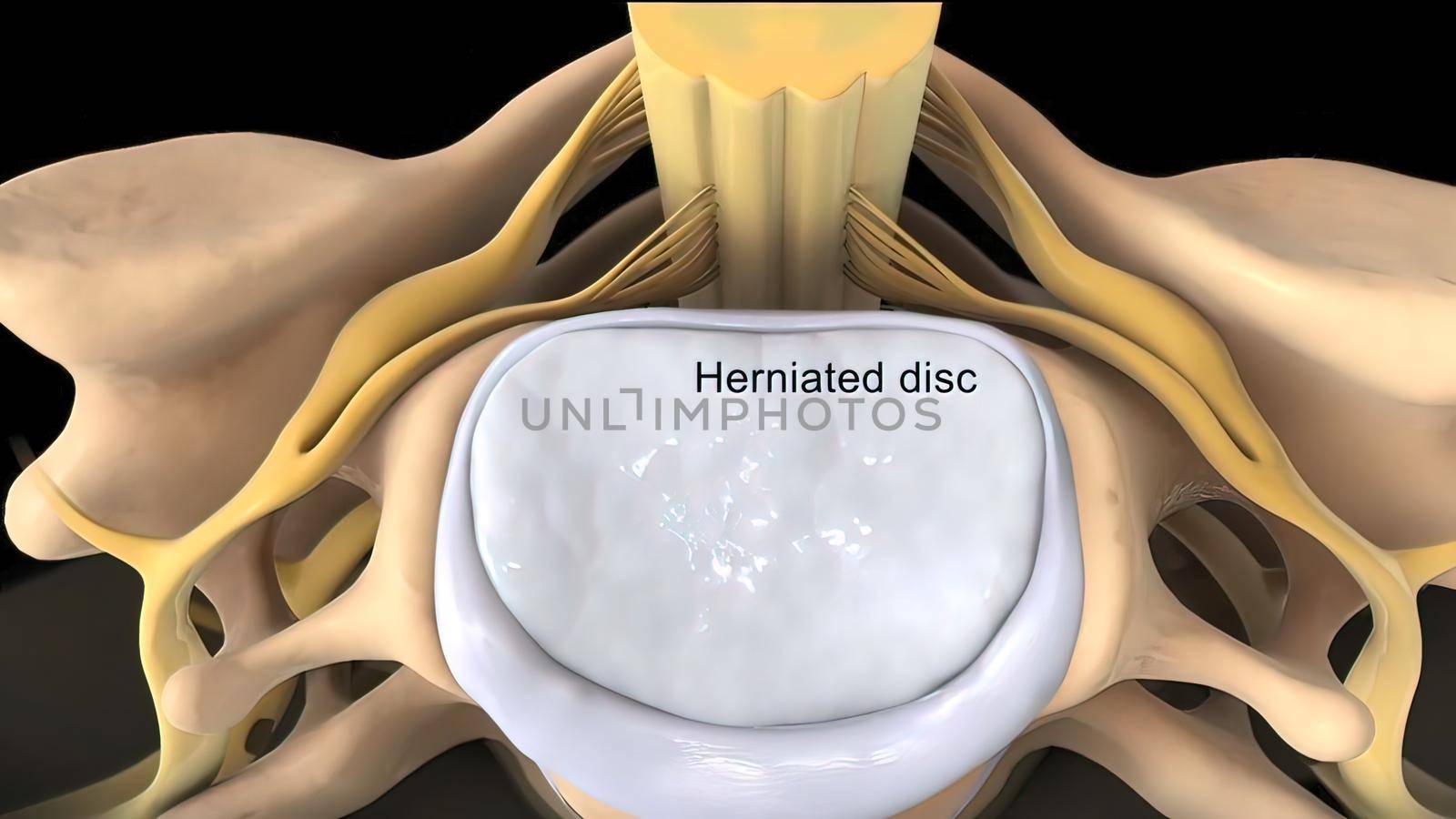
Central disc protrusion top view
Stock PhotoUsername
creativepicResolution
3840x2160pxCentral disc protrusion top view


Central disc protrusion top view
Stock PhotoUsername
creativepicResolution
3840x2160pxCentral disc protrusion top view
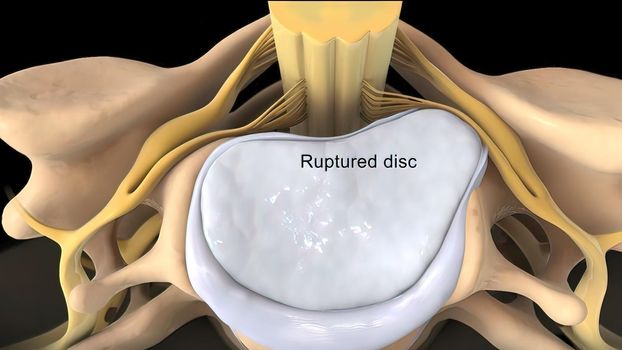
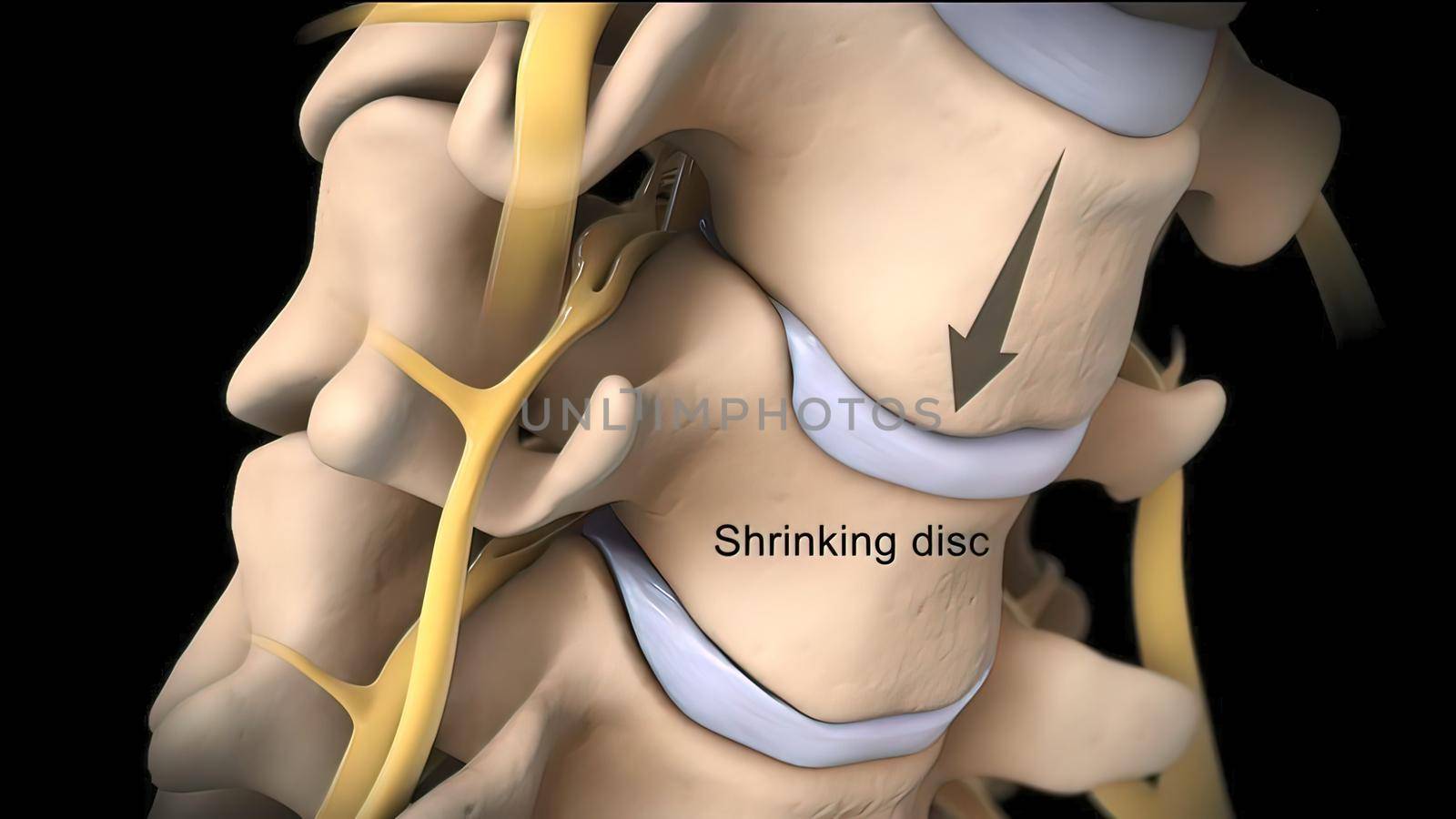
Central disc protrusion top view
Stock PhotoUsername
creativepicResolution
3840x2160pxCentral disc protrusion top view

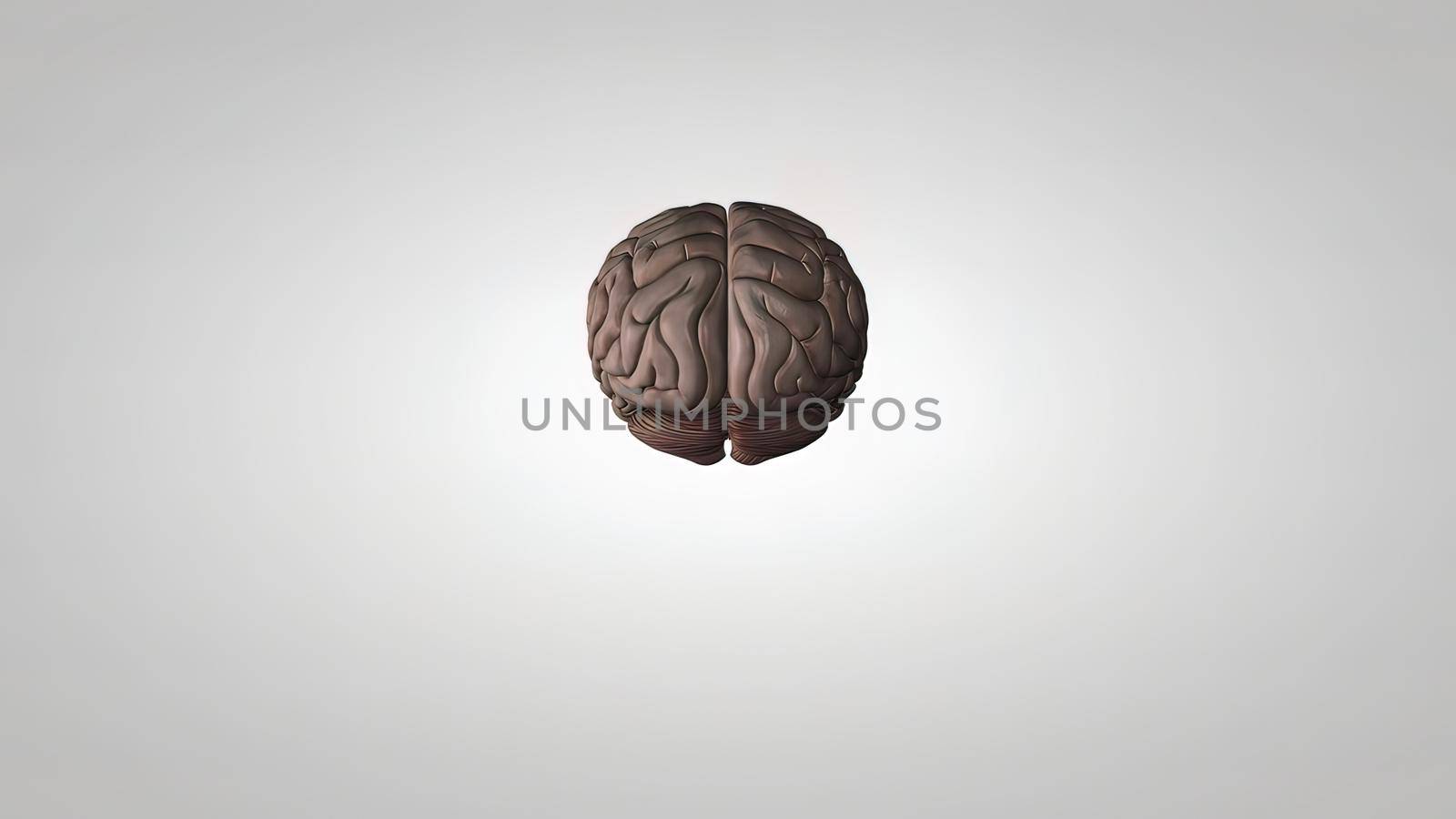
eyes and brain showing the central nervous system, including the brain and eyes
Stock PhotoUsername
creativepicResolution
7680x4320pxeyes and brain showing the central nervous system, including the brain and eyes

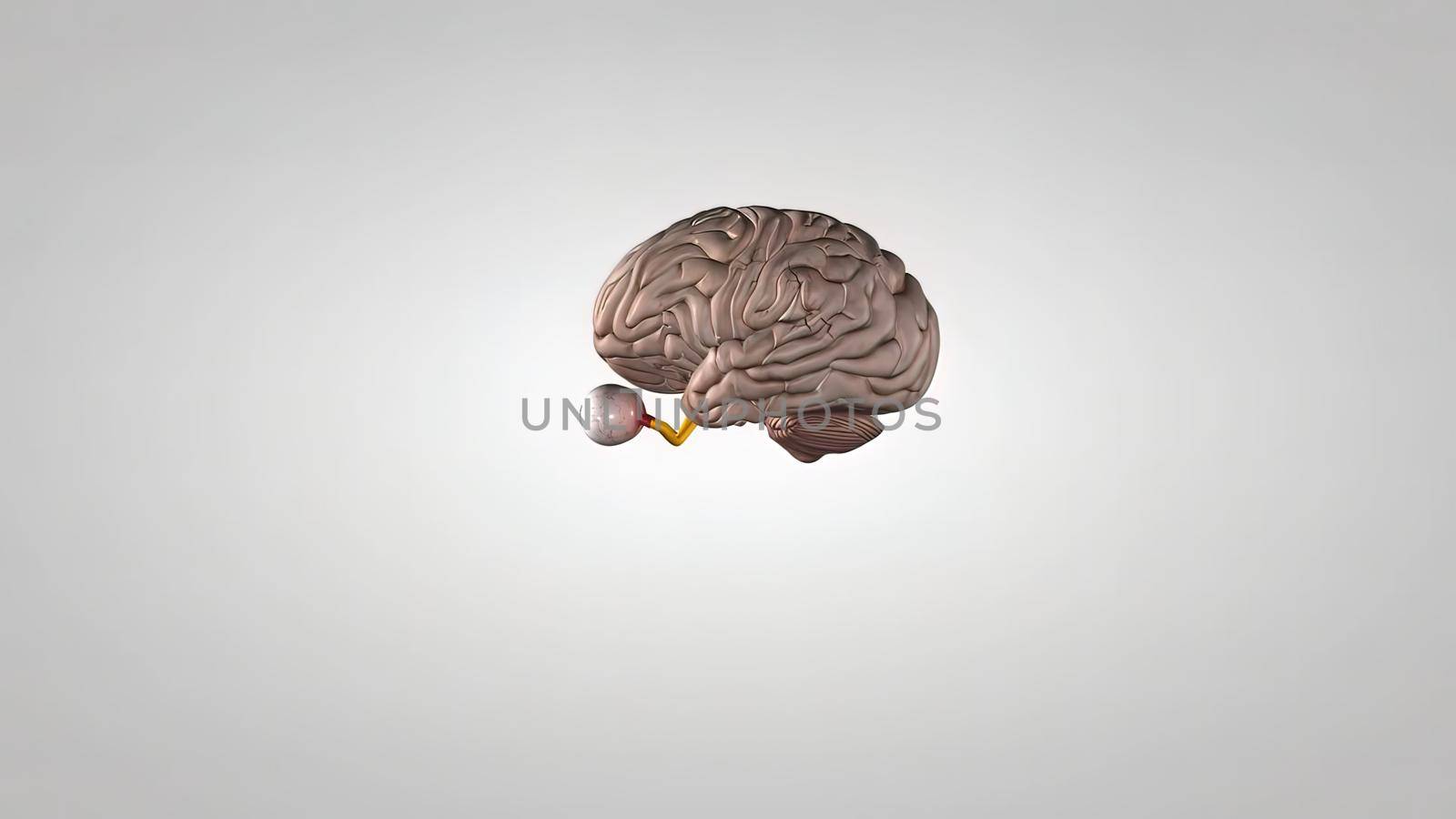
eyes and brain showing the central nervous system, including the brain and eyes
Stock PhotoUsername
creativepicResolution
7680x4320pxeyes and brain showing the central nervous system, including the brain and eyes


Spinal nerves are grouped into the corresponding cervical, thoracic, lumbar, sacral, and coccygeal regions of the spine.
Stock PhotoUsername
creativepicResolution
2700x2808pxSpinal nerves are grouped into the corresponding cervical, thoracic, lumbar, sacral, and coccygeal regions of the spine.
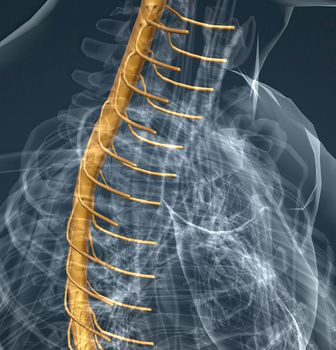
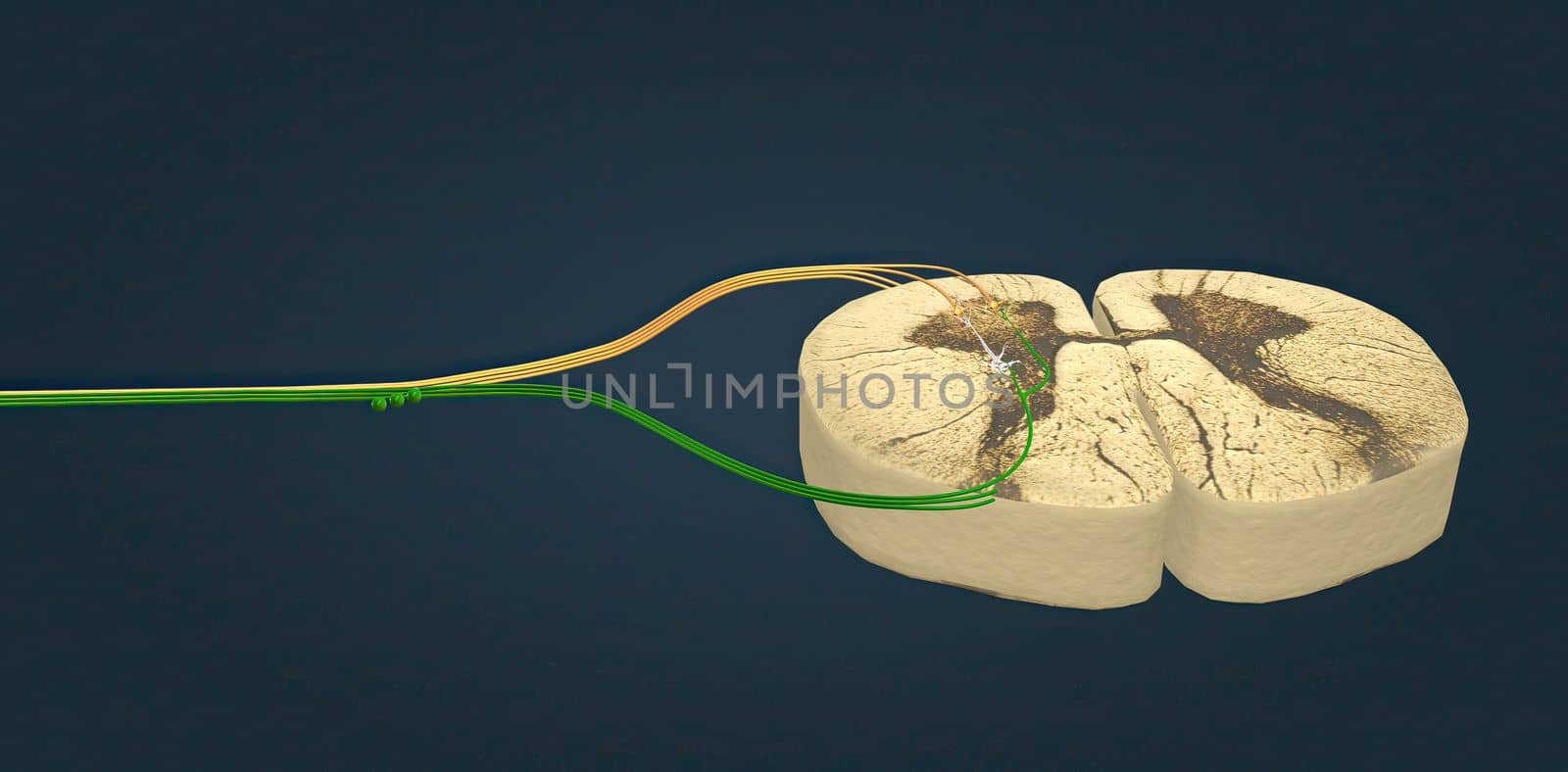
The spinal cord consists of a column of the spine.
Stock PhotoUsername
creativepicResolution
5482x2700pxThe spinal cord consists of a column of the spine.

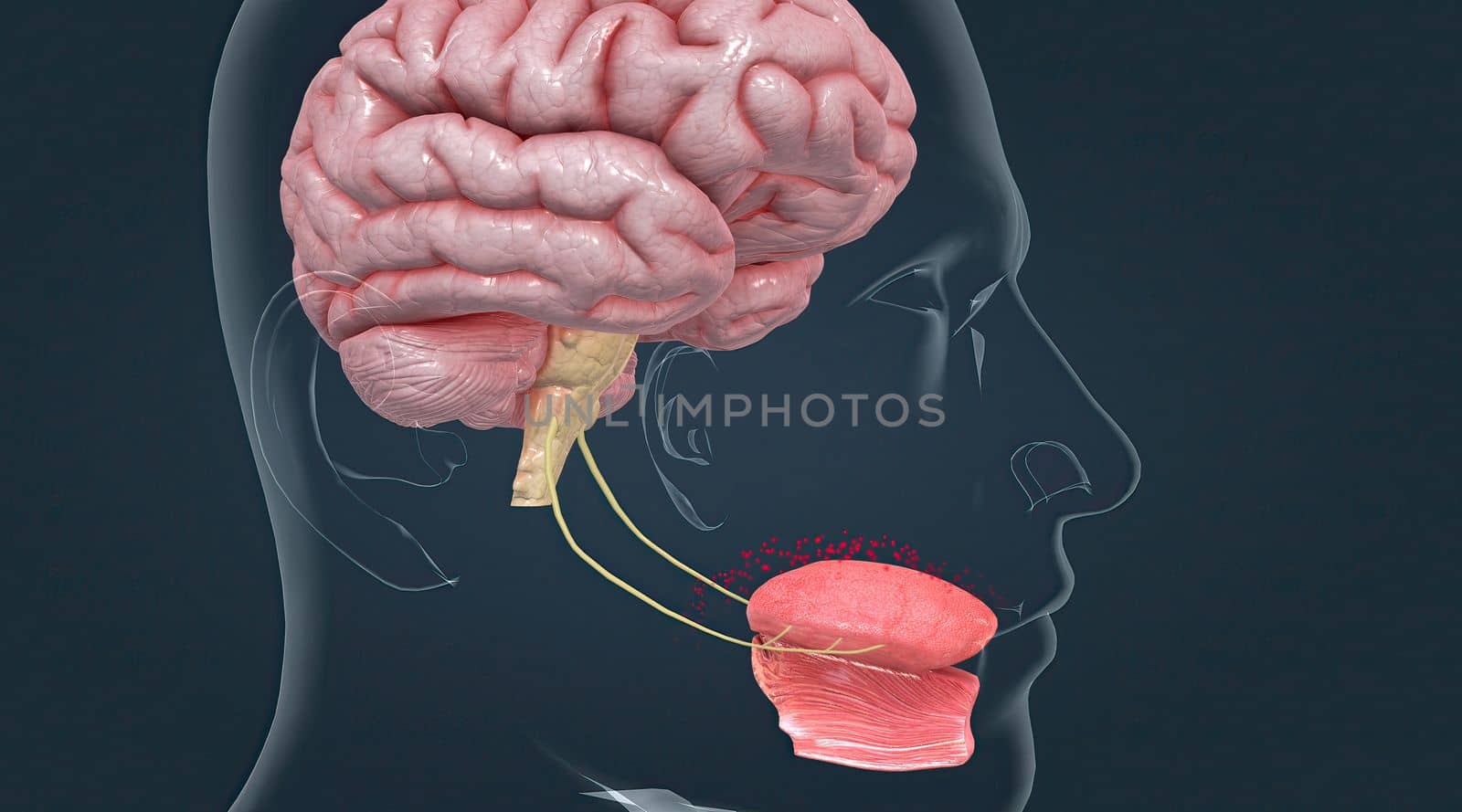
Taste is sensed by chemosensory receptors known as taste buds.
Stock PhotoUsername
creativepicResolution
5404x3002pxTaste is sensed by chemosensory receptors known as taste buds.

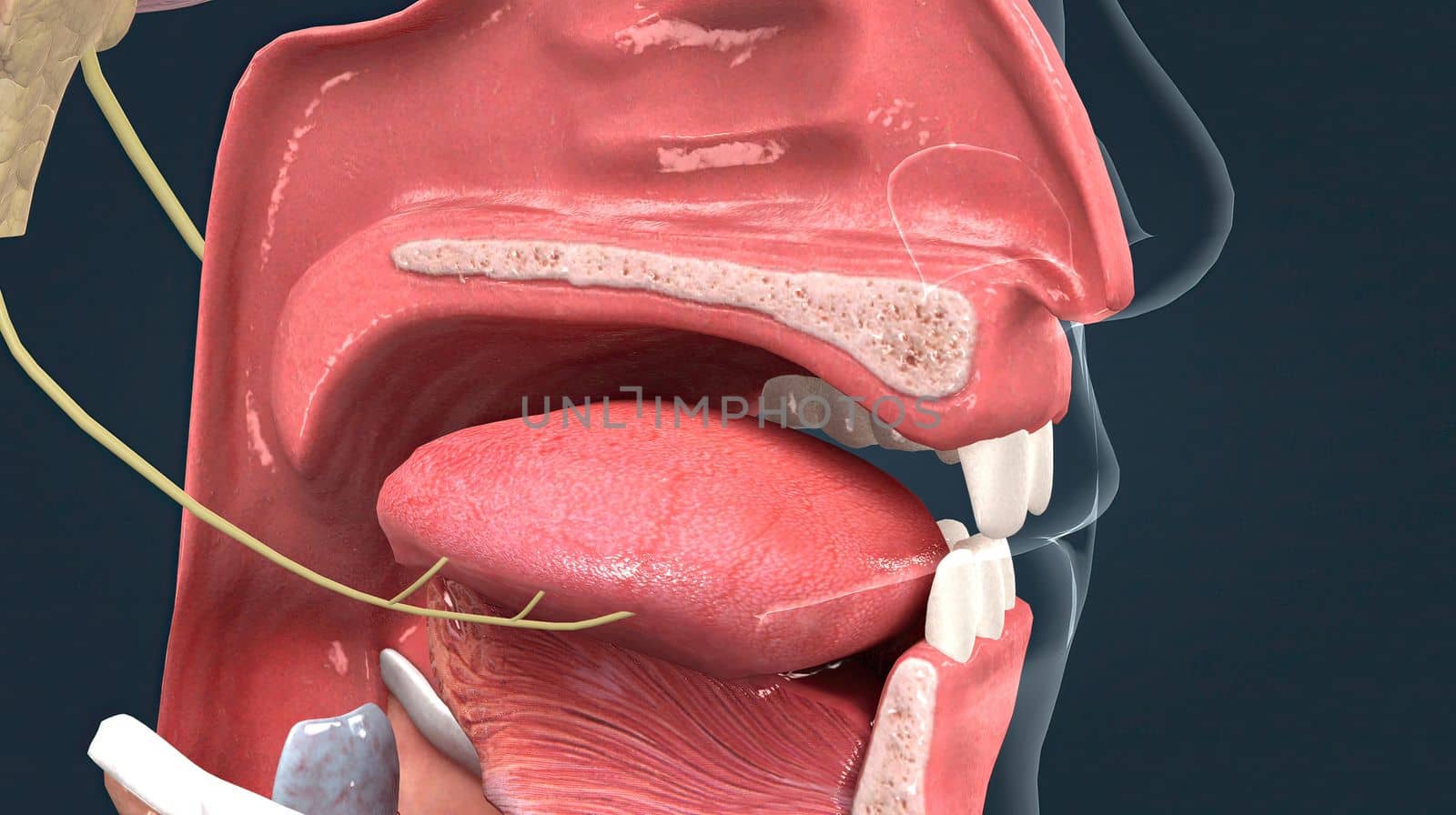
Olfactory organ there are two olfactory bulbs on the bottom side of the brain, one above each nasal cavity.
Stock PhotoUsername
creativepicResolution
5400x3024pxOlfactory organ there are two olfactory bulbs on the bottom side of the brain, one above each nasal cavity.

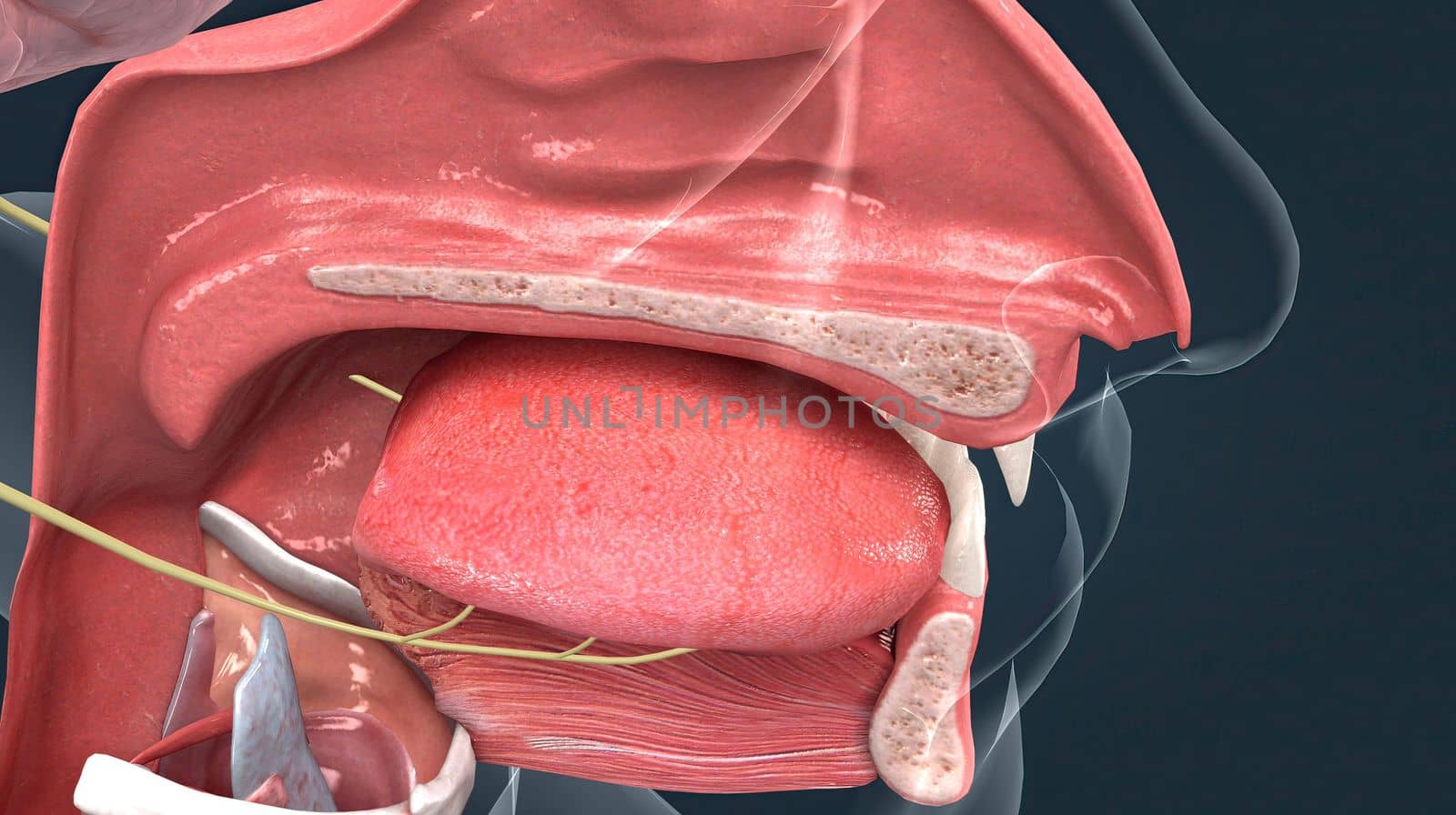
Olfactory organ there are two olfactory bulbs on the bottom side of the brain, one above each nasal cavity.
Stock PhotoUsername
creativepicResolution
5400x3024pxOlfactory organ there are two olfactory bulbs on the bottom side of the brain, one above each nasal cavity.

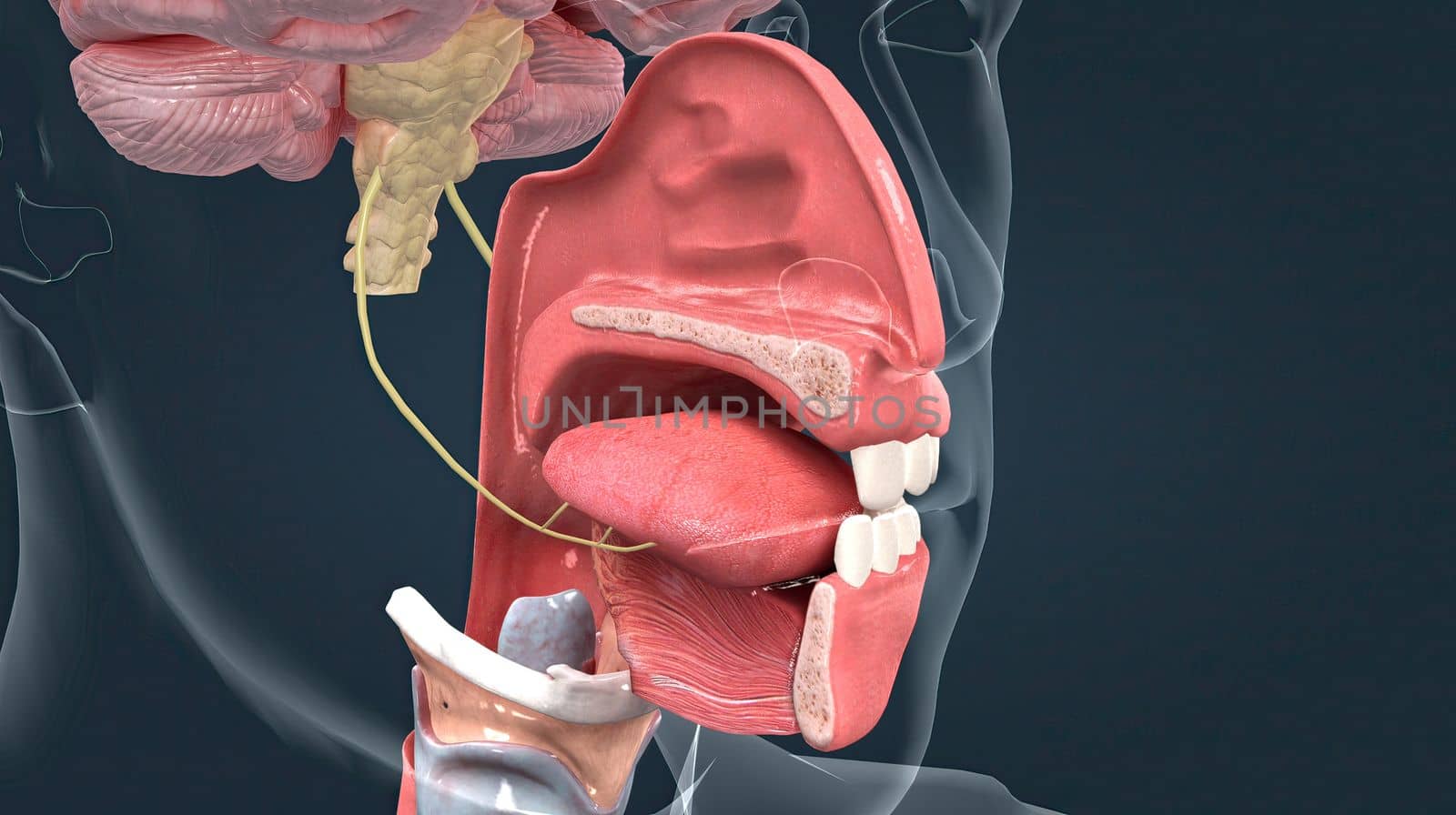
Olfactory organ there are two olfactory bulbs on the bottom side of the brain, one above each nasal cavity.
Stock PhotoUsername
creativepicResolution
5400x3024pxOlfactory organ there are two olfactory bulbs on the bottom side of the brain, one above each nasal cavity.

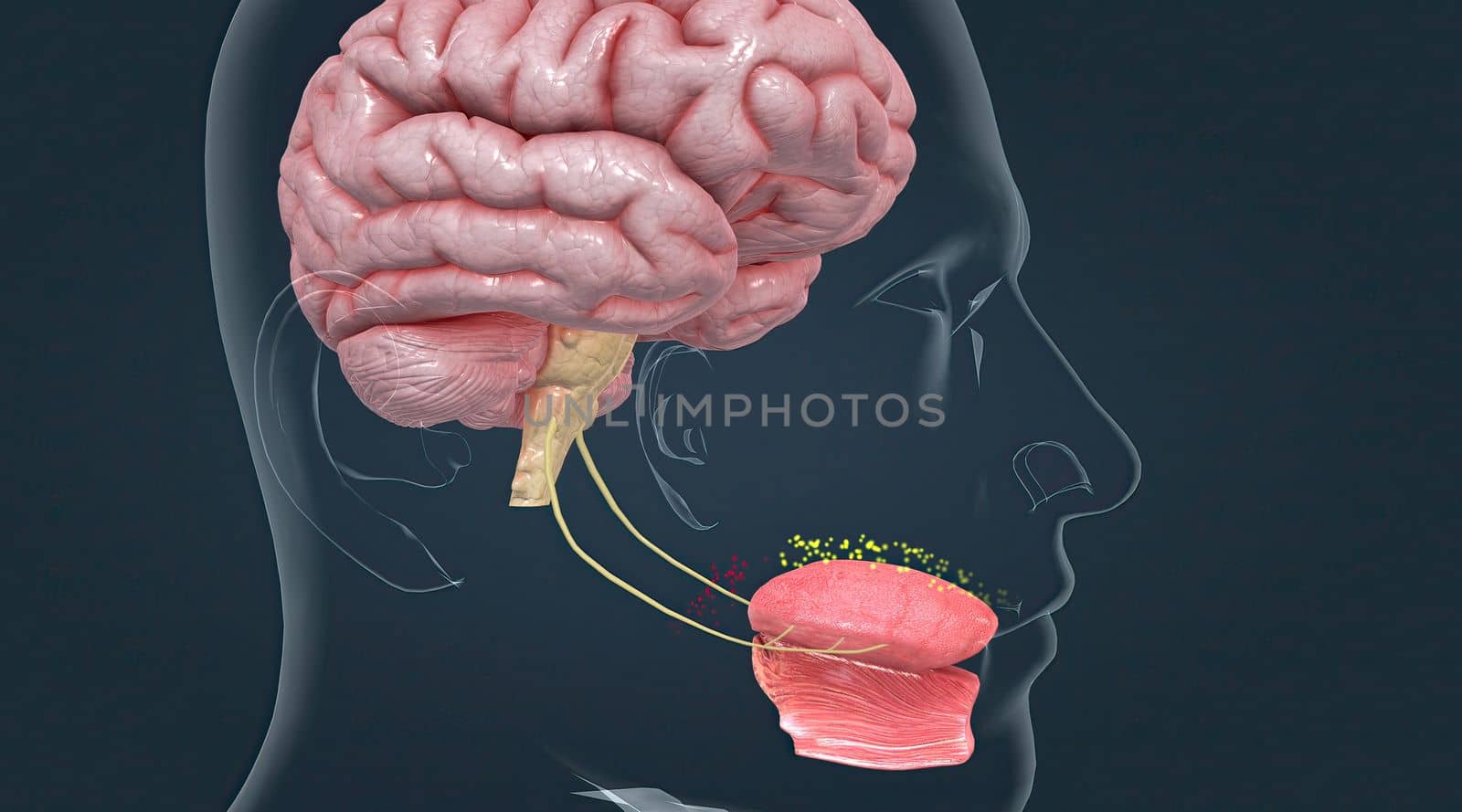
Taste is sensed by chemosensory receptors known as taste buds.
Stock PhotoUsername
creativepicResolution
5404x3002pxTaste is sensed by chemosensory receptors known as taste buds.

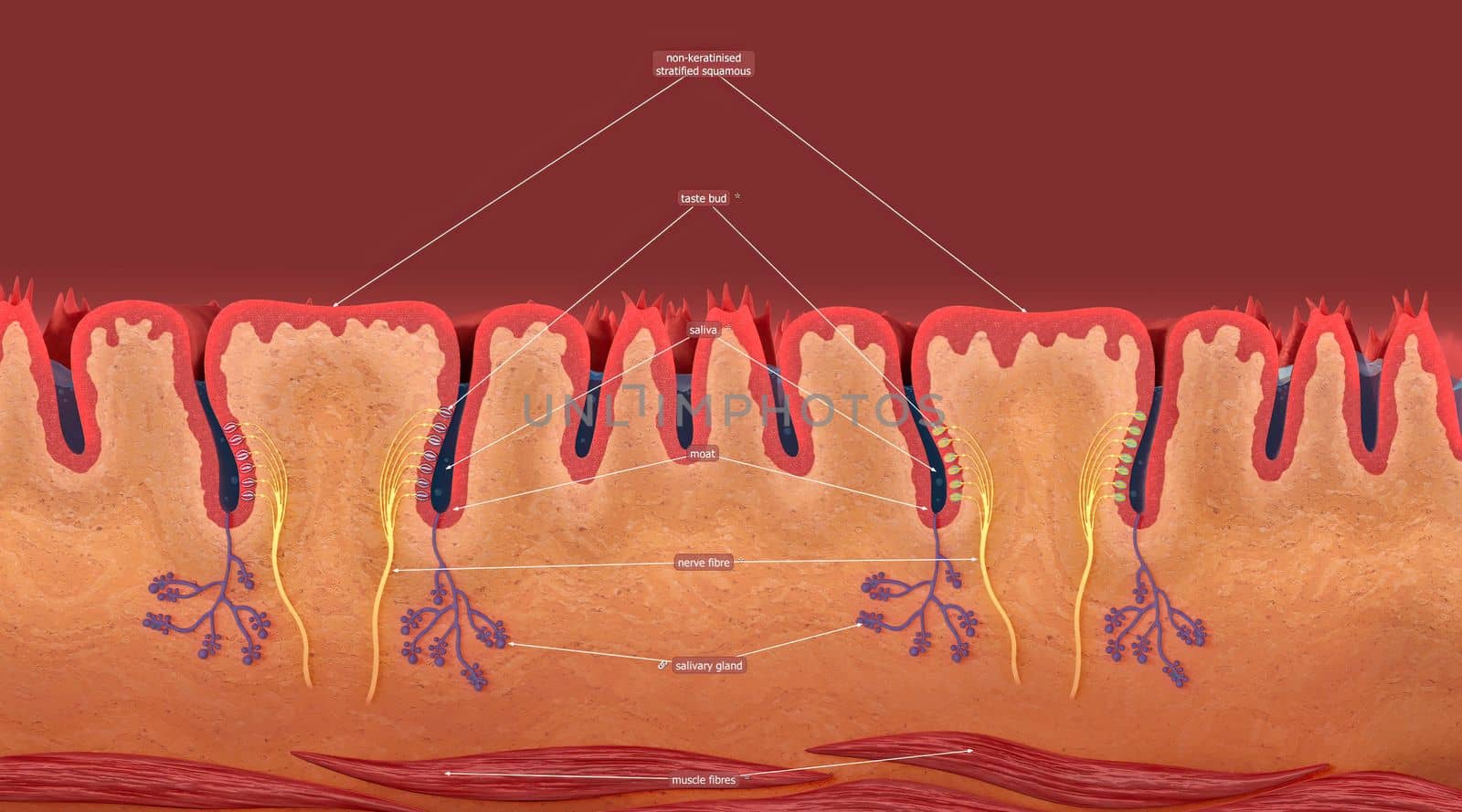
Lingual papillae are small structures on the upper surface of the tongue that give it its rough texture.
Stock PhotoUsername
creativepicResolution
5404x3002pxLingual papillae are small structures on the upper surface of the tongue that give it its rough texture.


Lingual papillae are small structures on the upper surface of the tongue that give it its rough texture.
Stock PhotoUsername
creativepicResolution
5404x3002pxLingual papillae are small structures on the upper surface of the tongue that give it its rough texture.
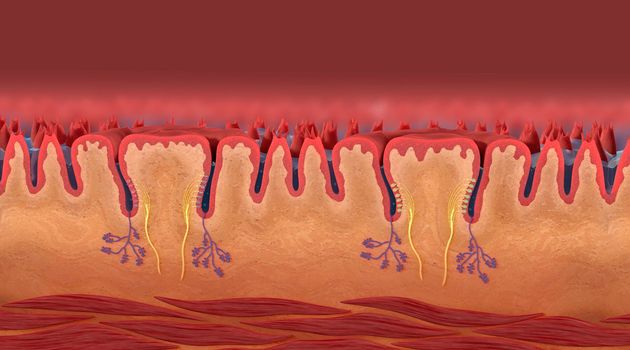

Olfactory organ there are two olfactory bulbs on the bottom side of the brain, one above each nasal cavity.
Stock PhotoUsername
creativepicResolution
5400x3024pxOlfactory organ there are two olfactory bulbs on the bottom side of the brain, one above each nasal cavity.
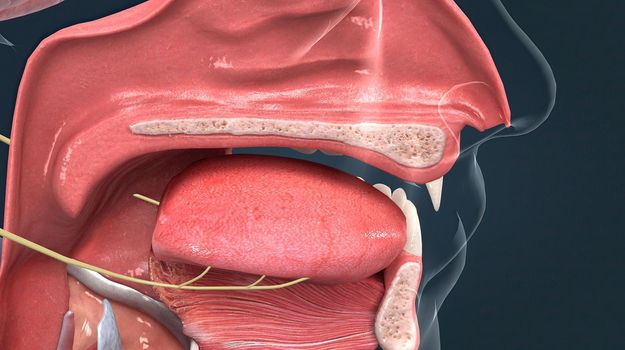

Taste is sensed by chemosensory receptors known as taste buds.
Stock PhotoUsername
creativepicResolution
5404x3002pxTaste is sensed by chemosensory receptors known as taste buds.
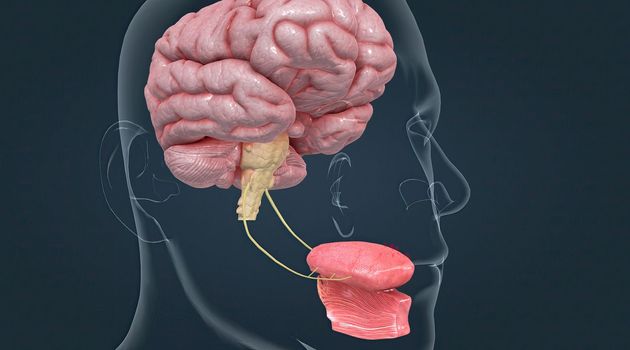
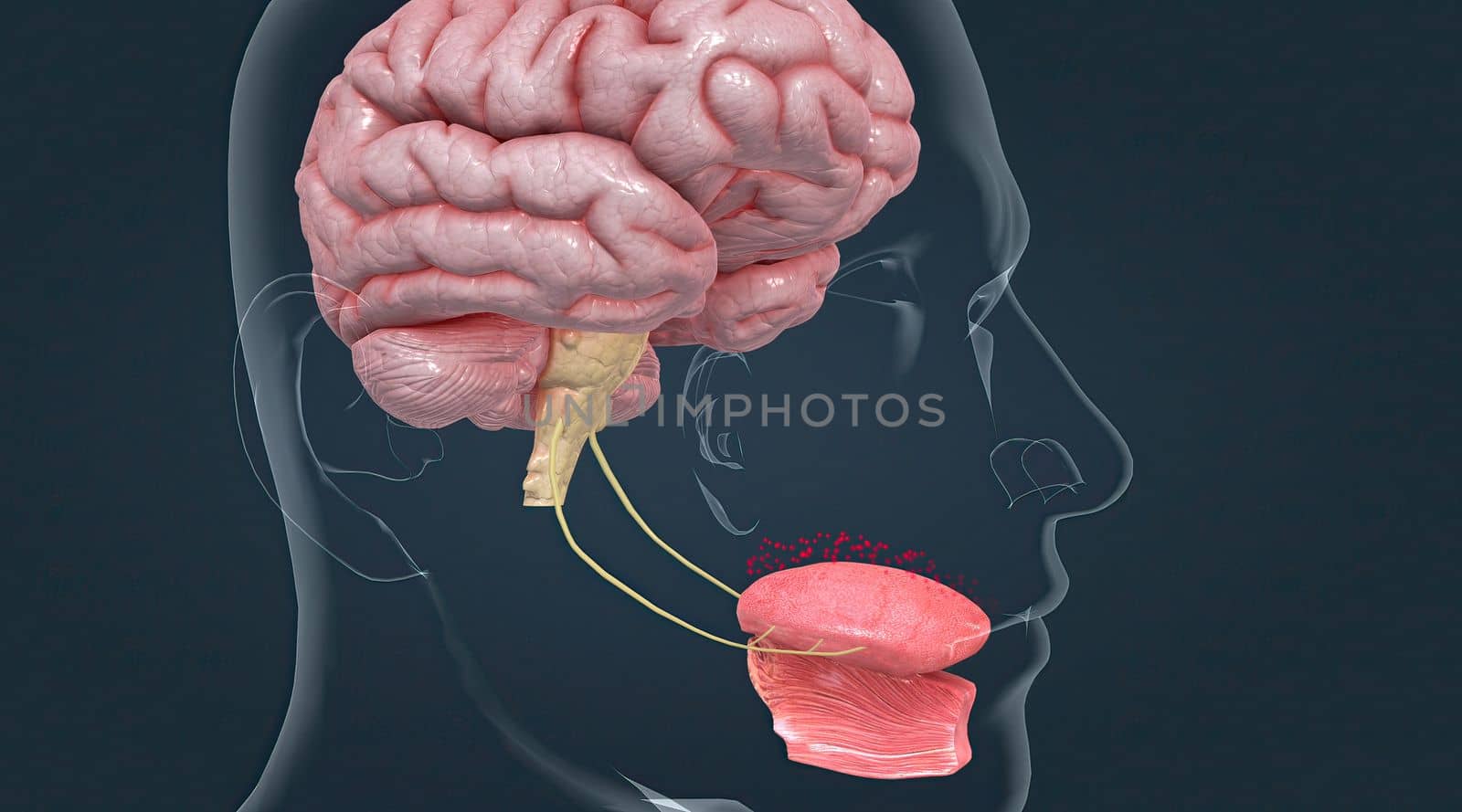
Taste is sensed by chemosensory receptors known as taste buds.
Stock PhotoUsername
creativepicResolution
5404x3002pxTaste is sensed by chemosensory receptors known as taste buds.

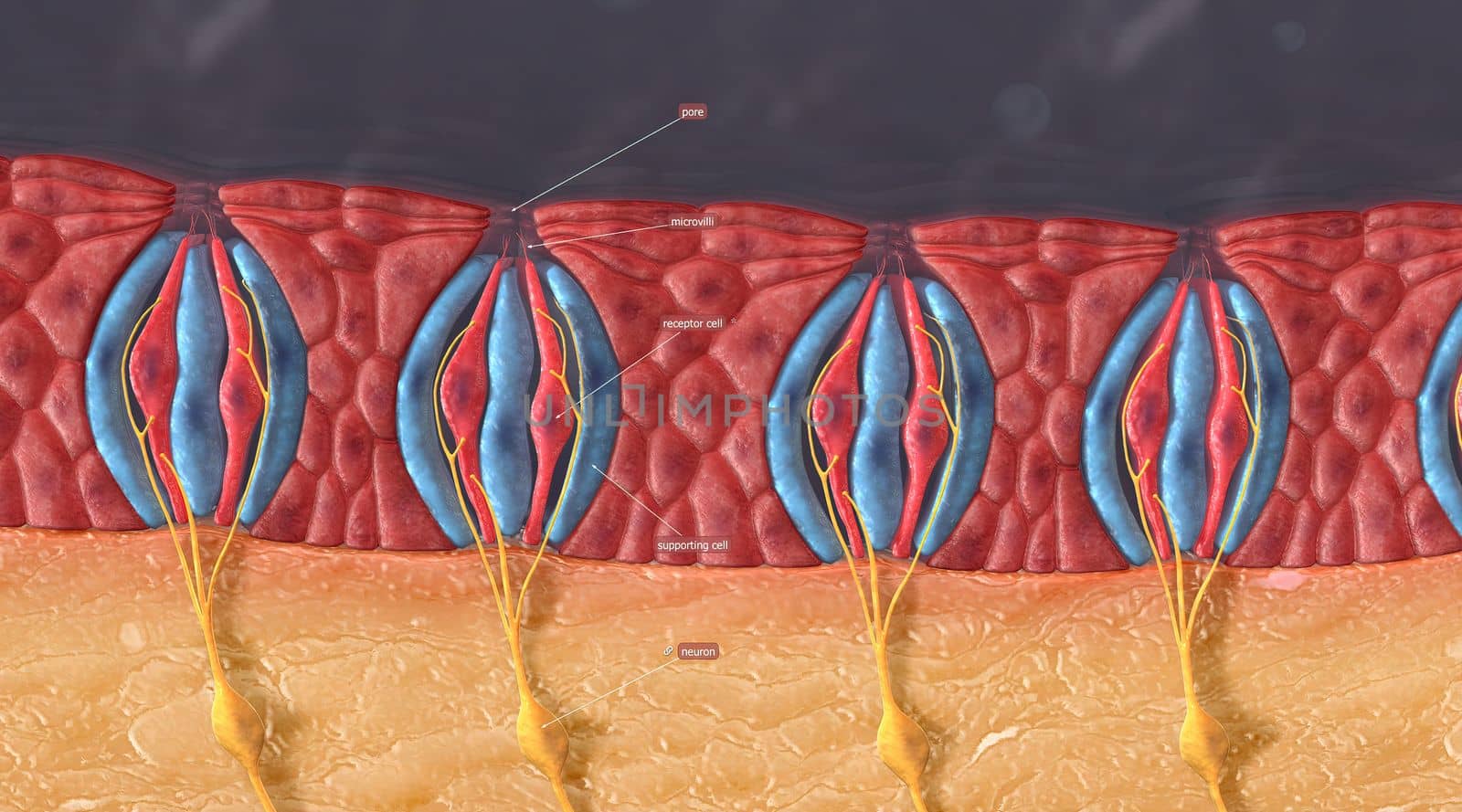
Taste buds contain the taste receptor cells, which are also known as gustatory cells.
Stock PhotoUsername
creativepicResolution
5404x3002pxTaste buds contain the taste receptor cells, which are also known as gustatory cells.

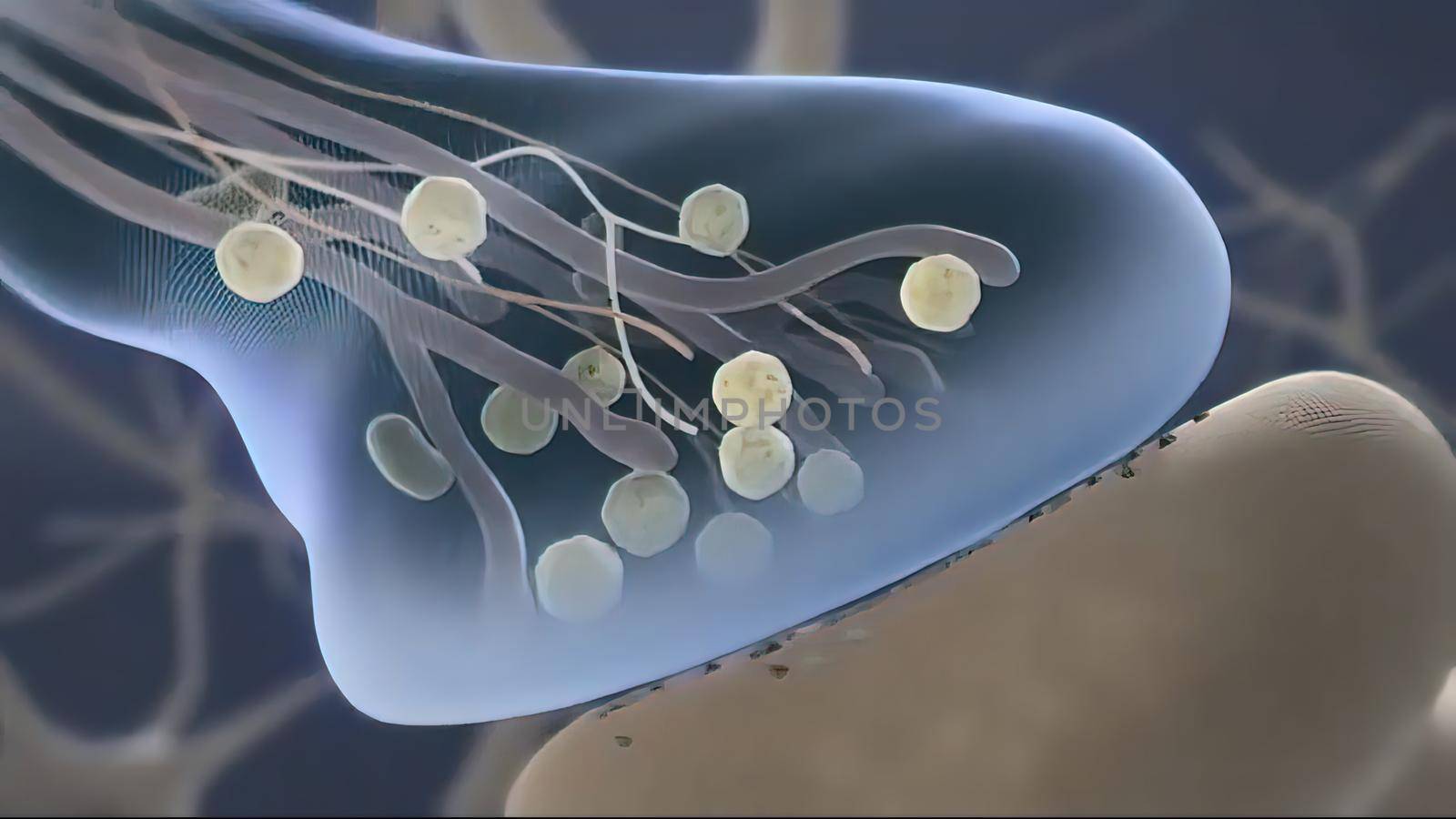
Brain cell synapse showing chemical messengers or neurotransmitters released
Stock PhotoUsername
creativepicResolution
3840x2160pxBrain cell synapse showing chemical messengers or neurotransmitters released

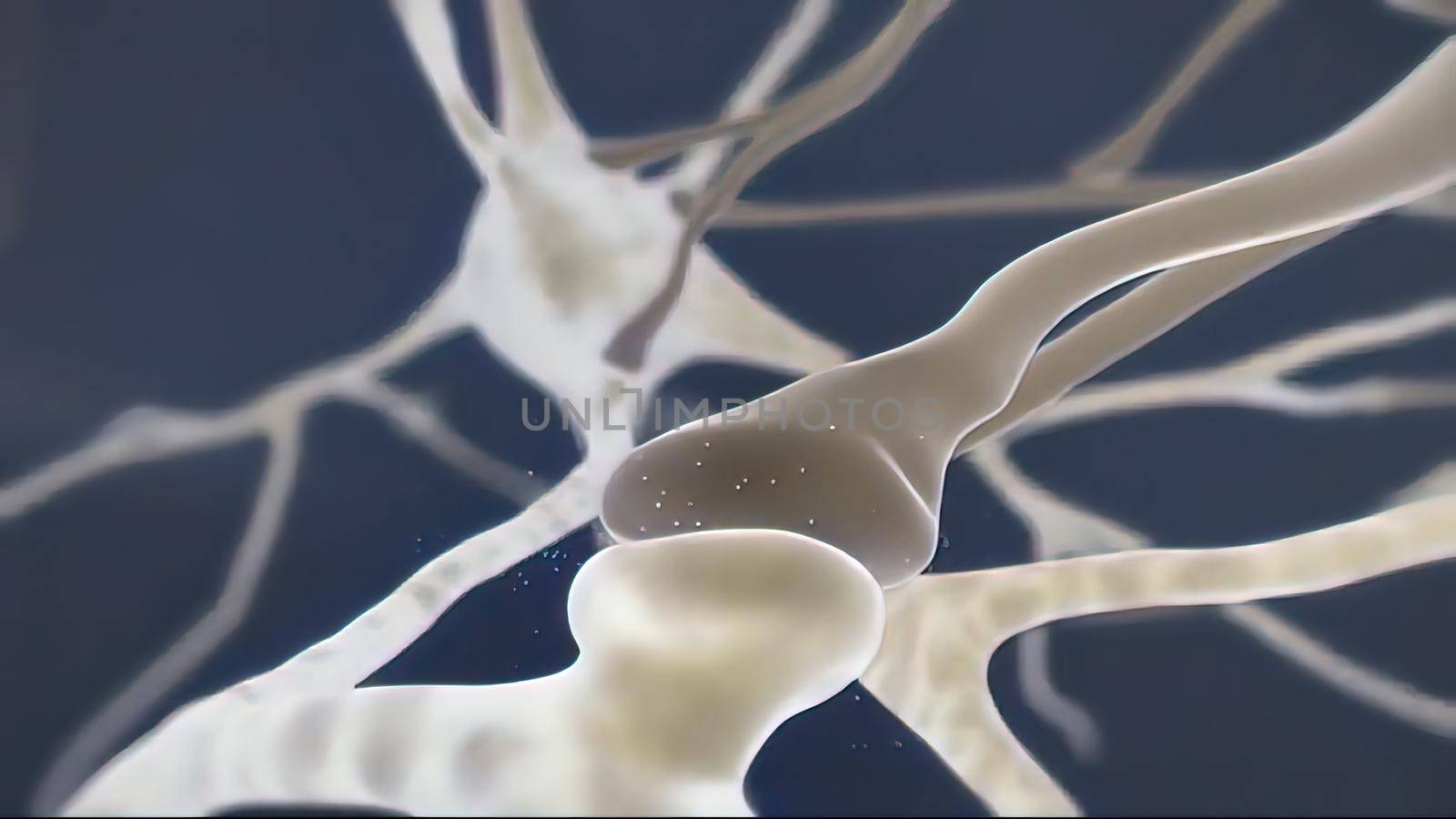
Brain cell synapse showing chemical messengers or neurotransmitters released
Stock PhotoUsername
creativepicResolution
3840x2160pxBrain cell synapse showing chemical messengers or neurotransmitters released

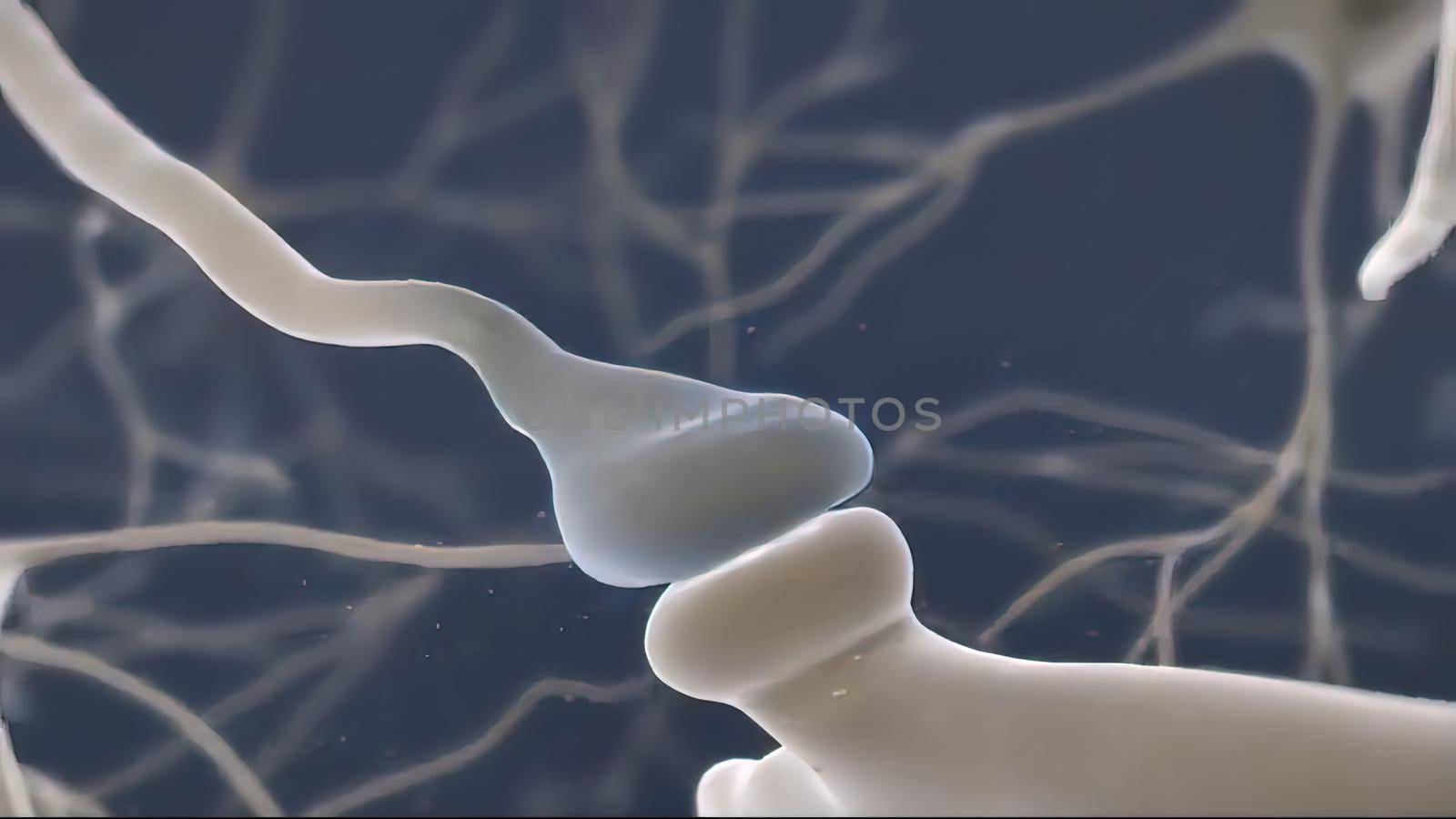
Brain cell synapse showing chemical messengers or neurotransmitters released
Stock PhotoUsername
creativepicResolution
3840x2160pxBrain cell synapse showing chemical messengers or neurotransmitters released

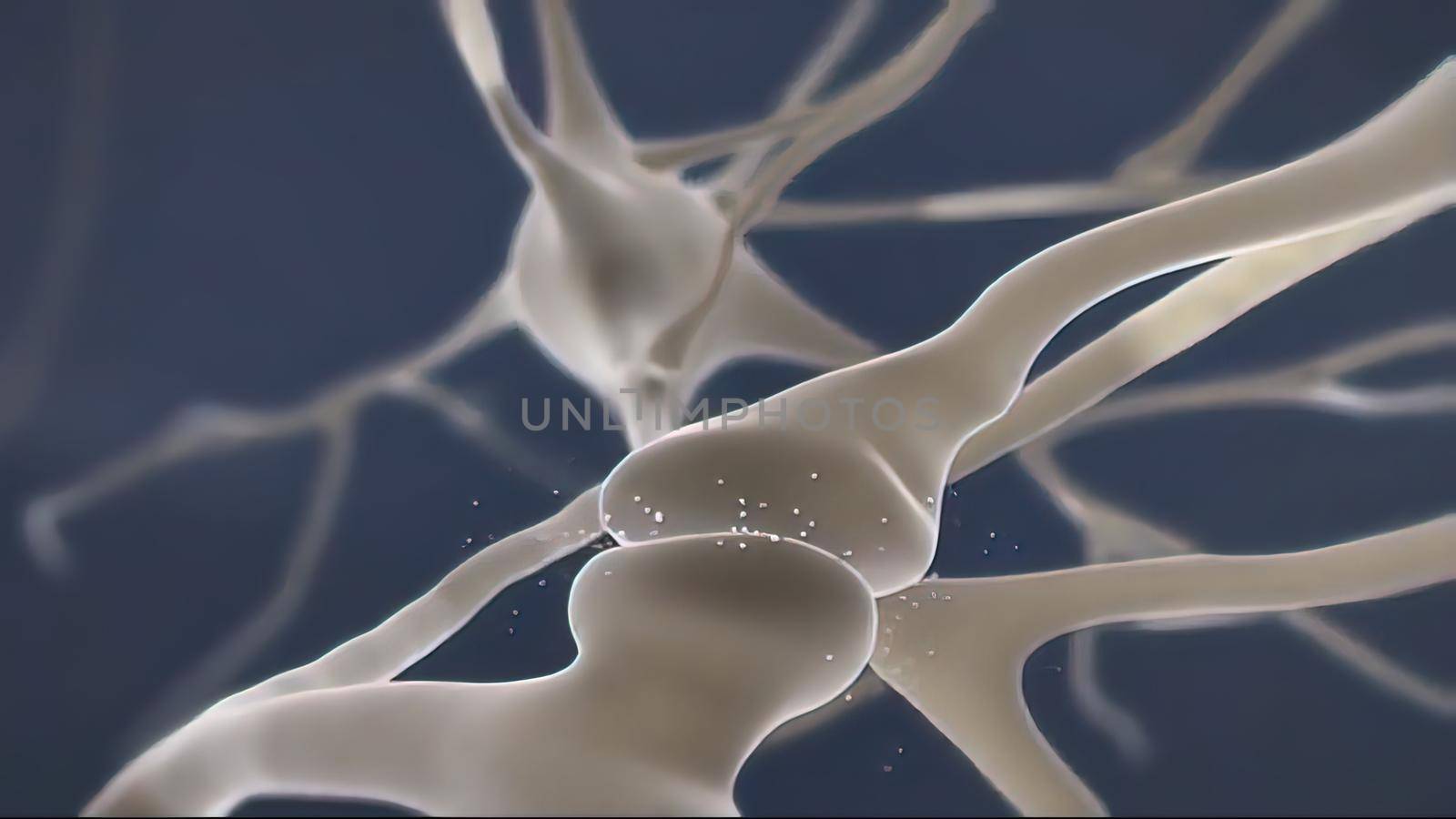
Brain cell synapse showing chemical messengers or neurotransmitters released
Stock PhotoUsername
creativepicResolution
3840x2160pxBrain cell synapse showing chemical messengers or neurotransmitters released


Human Implant Concept
Stock PhotoUsername
kentohResolution
8000x4000pxHuman Implant Concept

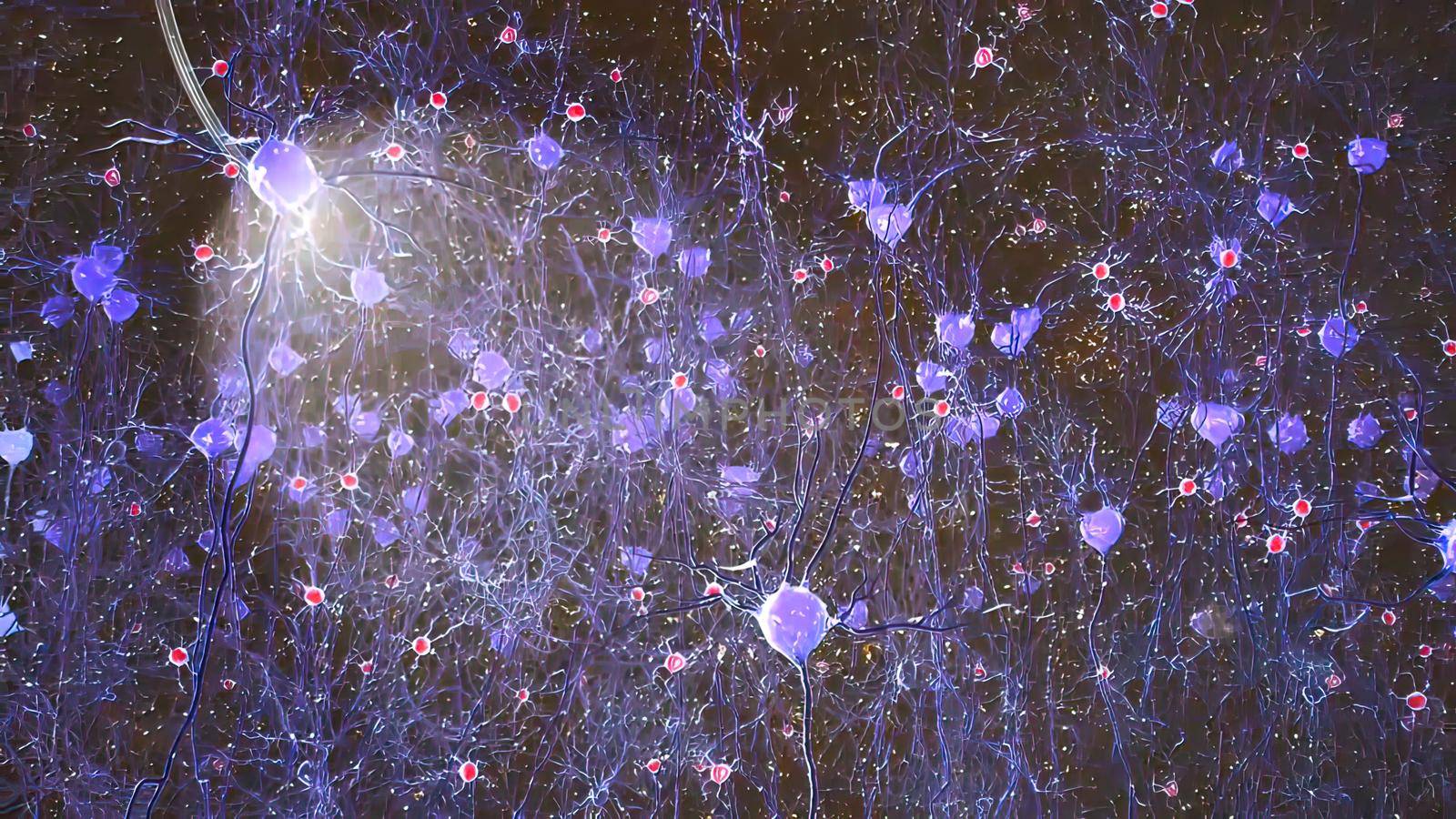
Microglial Dynamics During Human Brain Development
Stock PhotoUsername
creativepicResolution
7680x4320pxMicroglial Dynamics During Human Brain Development

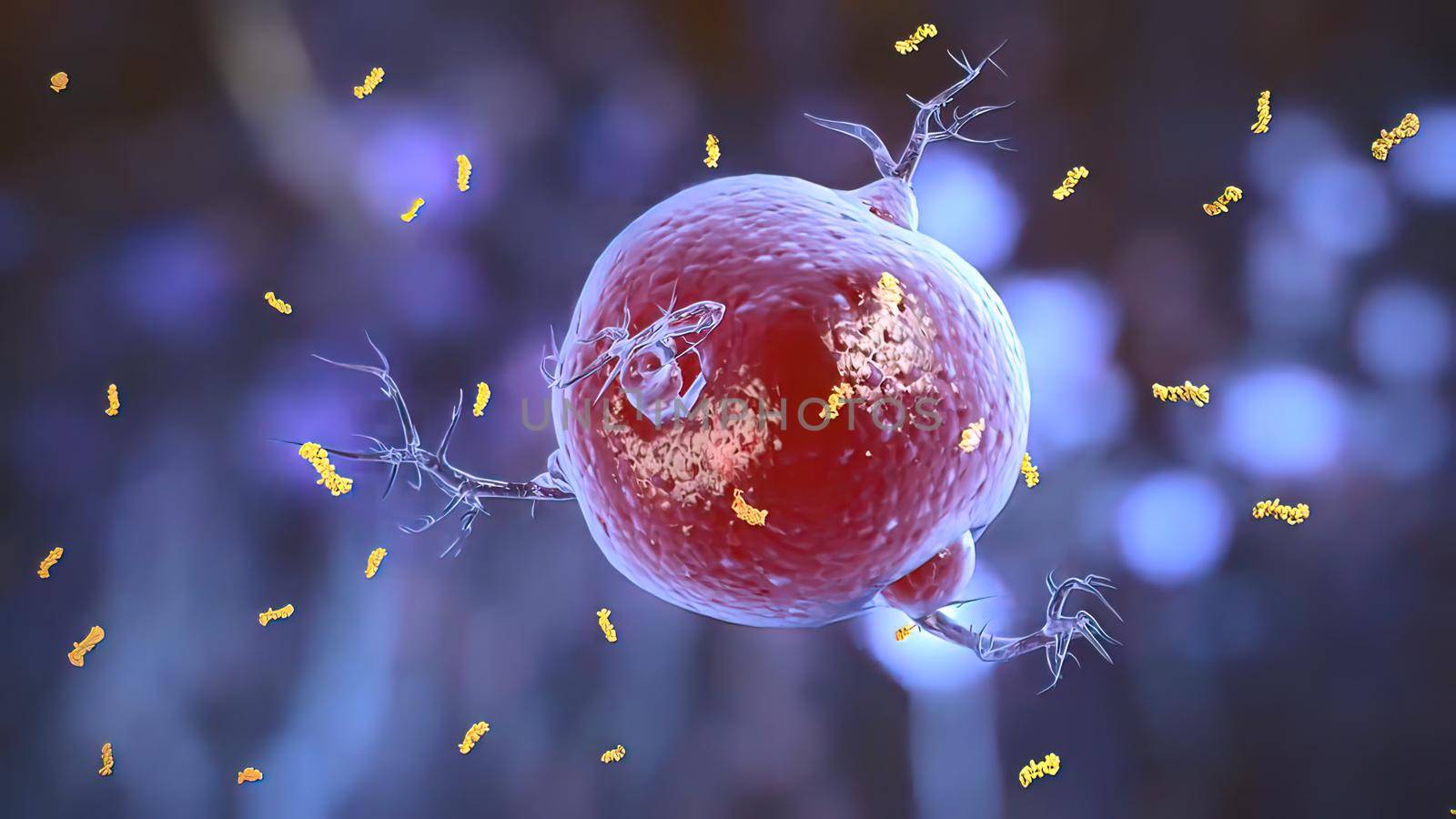
Microglial Dynamics During Human Brain Development
Stock PhotoUsername
creativepicResolution
7680x4320pxMicroglial Dynamics During Human Brain Development

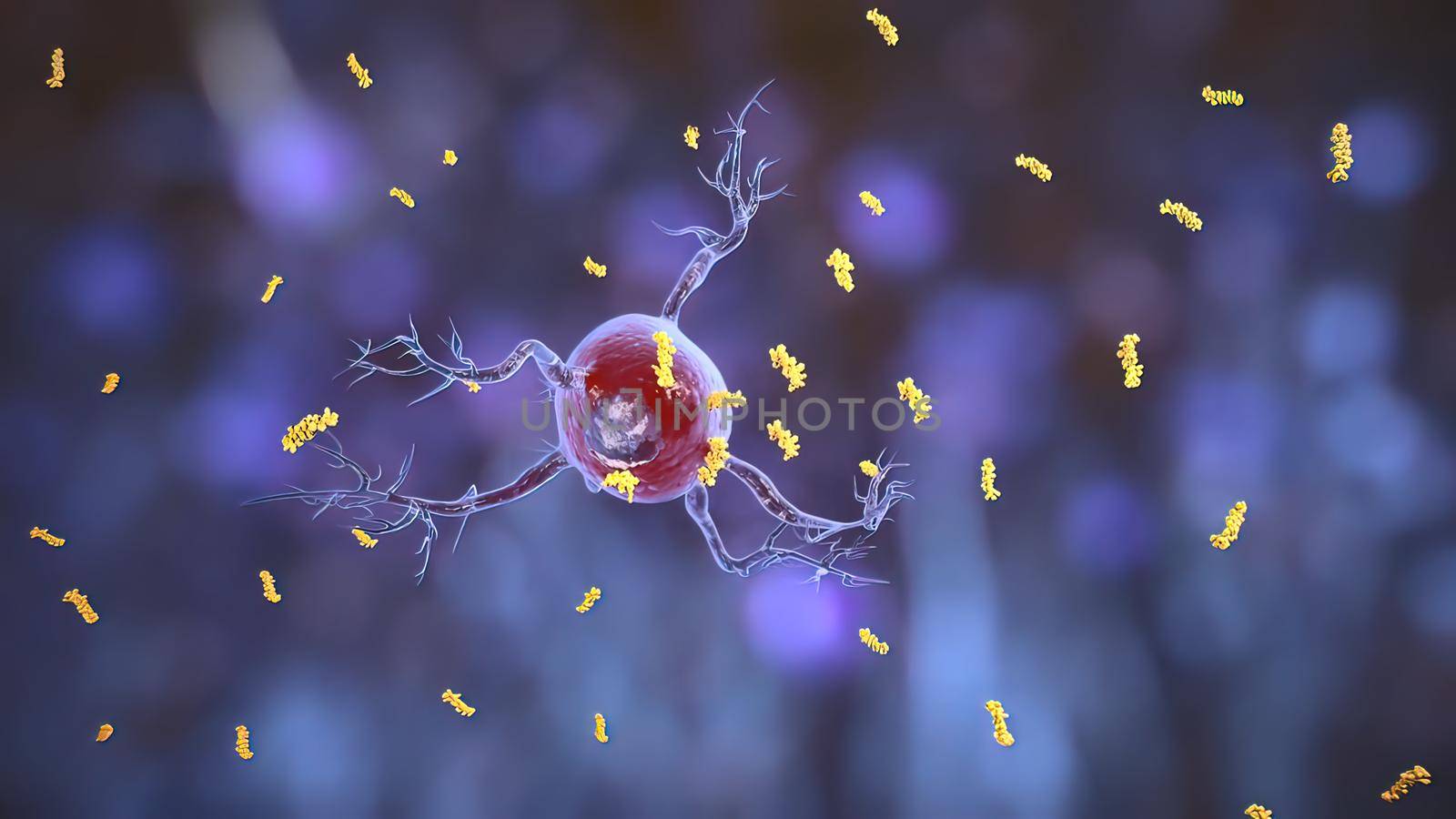
Microglial Dynamics During Human Brain Development
Stock PhotoUsername
creativepicResolution
7680x4320pxMicroglial Dynamics During Human Brain Development

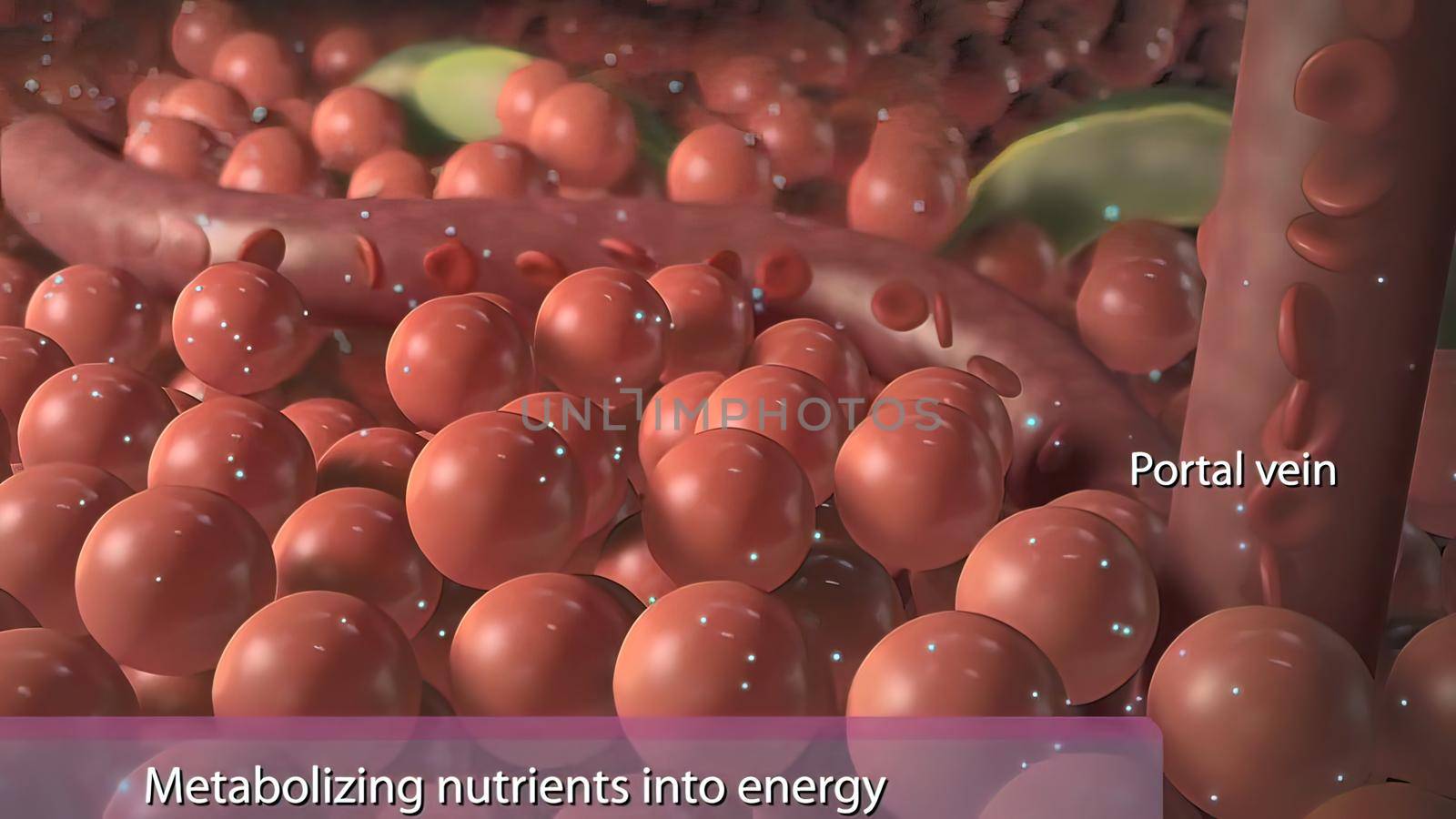
Metabolizing nutriens into energy
Stock PhotoUsername
creativepicResolution
7680x4320pxMetabolizing nutriens into energy

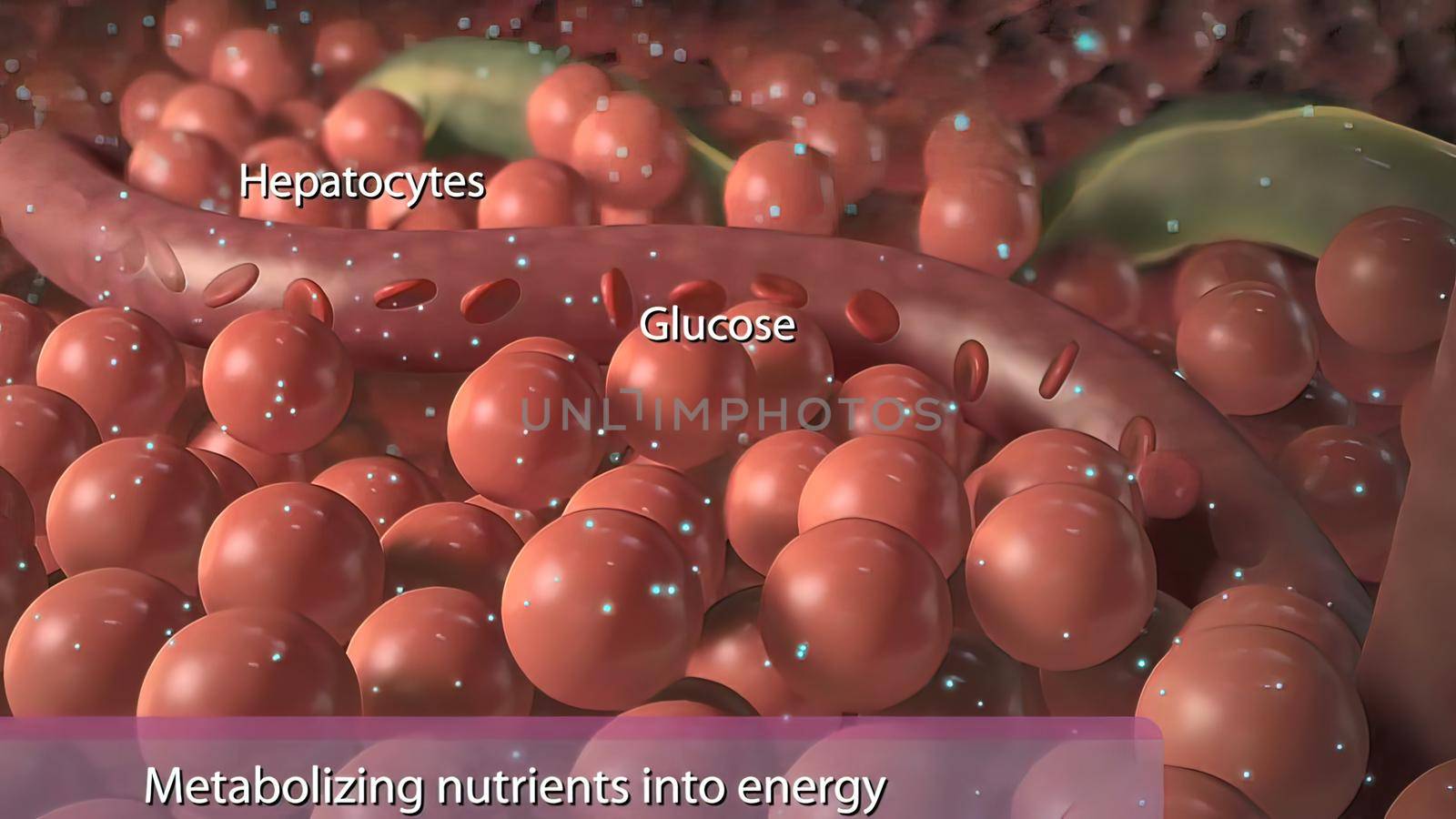
Metabolizing nutriens into energy
Stock PhotoUsername
creativepicResolution
7680x4320pxMetabolizing nutriens into energy

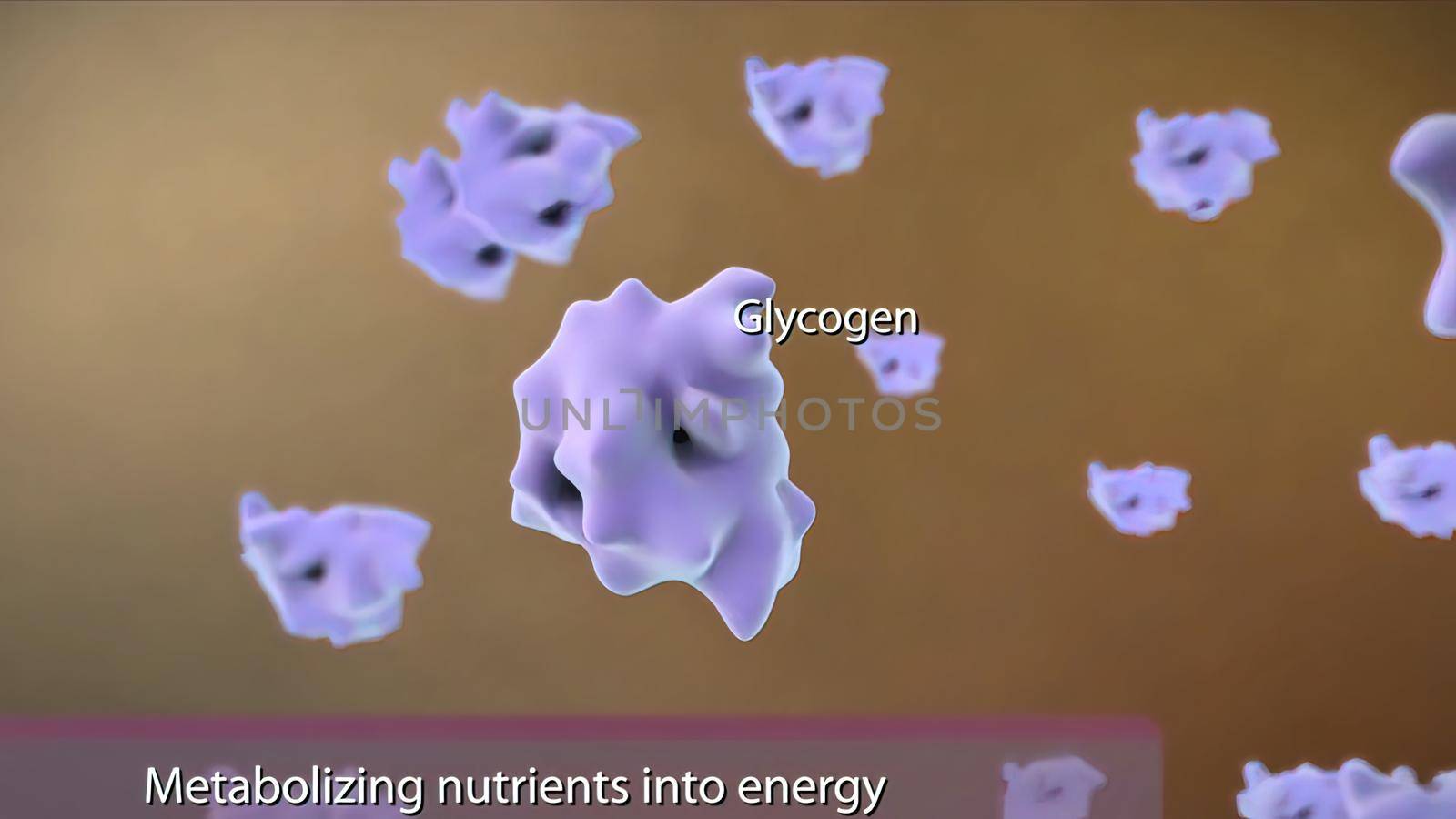
Metabolizing nutriens into energy
Stock PhotoUsername
creativepicResolution
7680x4320pxMetabolizing nutriens into energy

